Students on Ice is an award-winning organization that offers unique educational experiences through expeditions to both the Arctic and Antarctic. Most recently, Students on Ice returned from its Antarctic Expedition 2014. Of the 75 lucky students who participated, only one was from Nunavut: Kyra Flaherty.
We asked Kyra to share her experience exploring the southern tip of South America, the Antarctic Peninsula, and the surrounding Southern Ocean. Here’s what she had to say about her trip of a lifetime:
I never thought I would ever be given the chance to go to such an incredible place in my life. Before I applied I viewed Antarctica as something like space. Now after the expedition, I want to travel the world.
The preparations…
I don’t think I’ve ever wanted something as badly as the opportunity to go with Students on Ice on its Antarctic expedition. I first applied in 2013 while I was living in Ottawa, but was heartbroken to find that I couldn’t get enough sponsorships to reach the $13,500 goal. I wasn’t able to attend that year, but I still had the need to go and attend the expedition, and the organizers said I was able to try again in 2014.
I moved back to Iqaluit in 2014, and right away started working as much as I could during the summer, as well as fundraising and writing requests for sponsorships – anything I could think of. I still kept getting a lot of “nos” but I was slowly starting to have some success. After putting a lot of effort and time into raising the money with the help of community, family and friends, and sponsors it all came together and the official countdown began!
The journey begins…
Christmas Day came in the blink of an eye. It was the day that half of the expedition team met in Toronto before leaving on our ten-and-a-half hour flight (not very good when you’re not the best flyer) to Santiago, Chile. We then took another flight to our first official stop: Buenos Aires, Argentina. We went for a nighttime stroll and saw a bit of the nightlife and architecture.
The next day we were off to board our ship in Ushaia, Argentina – which also happened to be our ship’s name! Here, we hiked up a mountain through a forest and went to go see the only glacier in town. The view from my hotel on the shore was so beautiful, I thought it looked like a picture. At this point, my mind was already blown by what we had seen and done, and it we hadn’t even started the expedition!
The next day we boarded the ship and started our descent into Antarctica. It took us two days to get there, part of which was spent going through the Drake Passage, which is known for its rough, shaky waters. I grew up boating in Nunavut, but being on a bigger ship was a whole different story – I was so seasick! Students on Ice does something called the “Drake Shake Olympics,” which are balance, strength and throwing challenges. Although most of us were sick, we participated as best as we could in the hands-on physics lesson.
As students, we spent the two days of sailing to Antarctica in lectures and workshops. But, whenever there was a whale, penguin, or animal sighting, the captain would make an announcement and everyone would run out to the deck to see. You can’t get that in a land-locked classroom.
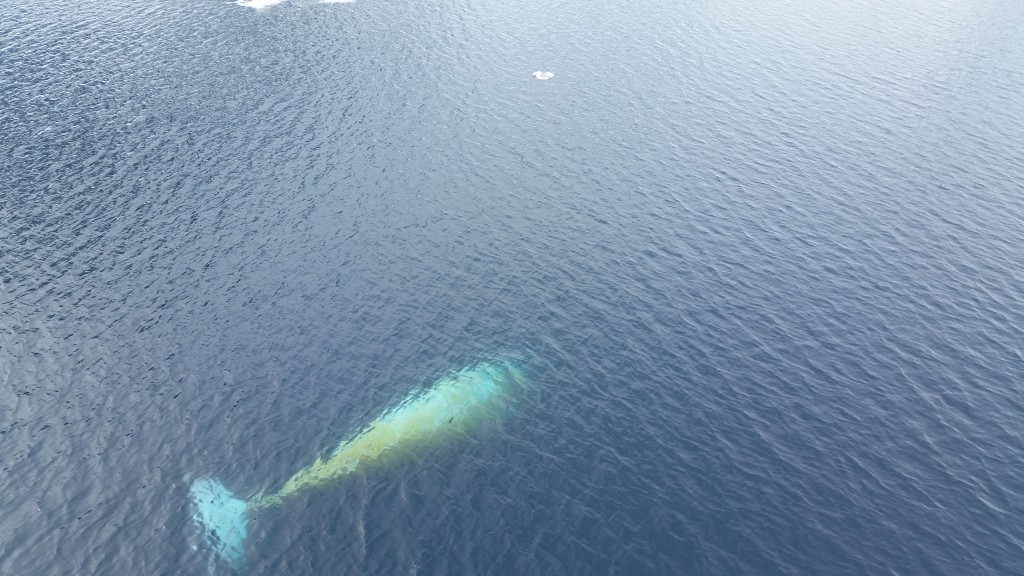
A minke whale that was following our ship for about an hour down a thin bay until we reached a pod of killer whales.
Antarctica at last…
Our first stop in Antarctica was Point Wild and Elephant Island, and we just happened to be there for the 100th anniversary of Sir Ernest Shackleton‘s 1914 Endurance Expedition, where he and his 27 men survived for over four months. Within our first couple of hours of being in Antarctica, we were able to see so much wildlife: seals, birds, penguins, and so, so many whales (especially humpbacks), all surrounded by colossal mountains, icebergs, and waters!
The next day, we went to Brown Bluff, where we were offered a number of workshops including oceanology, glaciology, art, and wildlife observation. This place was made up of beautifully patterned and coloured rocks with two different species of penguins. We were also fortunate enough that day to go to the Argentine Research Station, which is Antarctica’s only research station that houses a family. They had a gift shop, museum, school, graveyard, buildings, and houses. I saw one snowmobile there, and I was super tempted to ask the owner if I could use it. It reminded me of home.
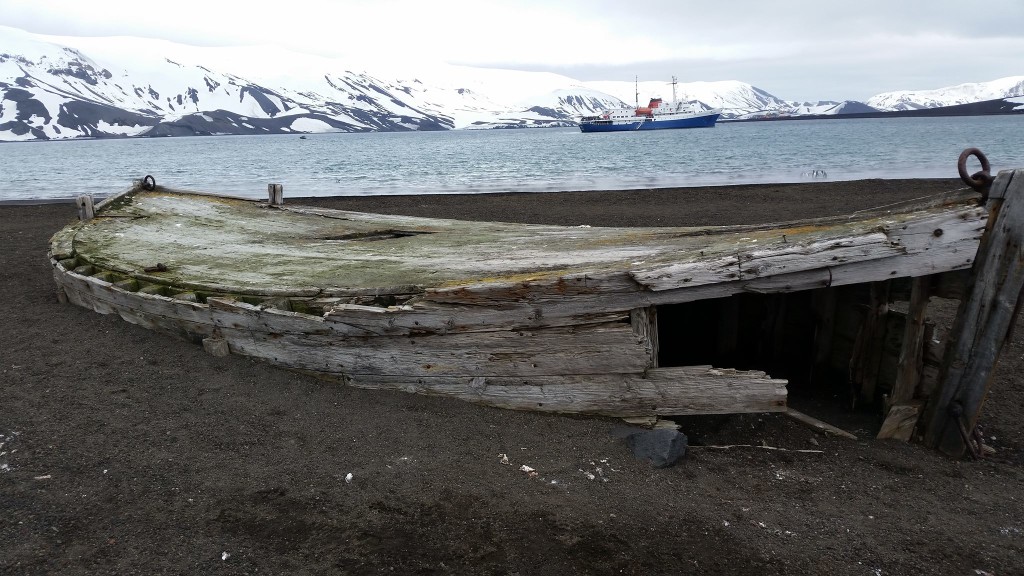
Taken on Deception Island, which is also known as the whales graveyard. This island is really interesting because it has an active underwater volcano.
On New Year’s Eve, we had a Students on Ice talent show. There were many different performances, including comedy, poetry, debates, singing, and dancing. I was very proud to share the art of throat singing through the talent show. I performed with a new friend I made who is from Kuujjuaq, Nunavik – a real north-to-south connection.
On the morning of New Year’s Day, we finally reach the place I was most excited to see: Deception Island. This island is shaped like a ring with a little slit just big enough for a ship to go through, and the ring is formed by a range of mountains. It was also called a whale’s graveyard from all the whaling that was done in the 1900s. In the centre of the island there’s an underwater volcano that causes the water to be steamy, sulphuric, and hot at the shore. This is where the expedition team had done the polar dip, which I regrettably didn’t do. After lunch we went to Bailey Head, where there were hundreds of thousands of penguins. It is considered to be one of the greatest wilderness sites in the world (and from my experience, one of the loudest, ha!).

Bailey Head is home to about half a million penguins and is the biggest preserved wildlife sanctuary in the world.
Our next stop was to Danco Island. Everything about it was stunning. It was calm, blue, and sun glazed. We climbed to the top of the island and found ourselves surrounded by the ocean, mountains, and penguins. Simply breathtaking. The Expedition Leader and Founder, Geoff Green, told everyone to find a spot by themselves and take two minutes without taking pictures or talking. I’m so happy we did this – I’m pretty sure everyone ended up taking five minutes without even realizing it. I can still envision the spot where I was sitting perfectly. I think being on this island was where it really hit me that we were in Antarctica, and we were doing something really, really special.
During our time in Antarctica, we also visited the continent’s only post office which was at Port Lockroy, a British survey and research station that is shared with a colony of penguins. They had a museum, message board, and a place where they slept. After supper we got to hear Eric McNair-Landry and his wife Dr. Kate Breen talk about their expeditions in the Arctic and Antarctica. Being the only student from Nunavut, I was especially excited about them being on board since they have also lived in the territory. Not that I was very homesick, but hearing their presentations and seeing pictures of home really comforted me, especially since the expedition took place over the holidays.
Over the next few days, we also visited the ice-paved Lemaire Channel, Pleneu Island, where I took a zodiac cruise through the Iceberg Graveyard, the Wauwerman Islands, where we did glacial monitoring, and finally Neko Harbour, where we had our very last landing on the Antarctic continent before starting our return trip.
On our very last day on the ship, we were treated to a rare spotting of a sperm whale, with Commerson Dolphins escorting us through the Beagle Channel. Though it was sort of a dark and cloudy day, somehow a bright, vibrant rainbow appeared in the sky. This moment perfectly captured my experience on the ship – beautiful, surprising – and signified the beginning of a bittersweet goodbye.
Reflecting on the trip…
After returning home from Students on Ice, everyone at home was asking about the expedition. For some reason, I really didn’t feel like it had happened – apparently a sign of a good trip. Still to this day, it feels like a dream.
Since Students on Ice, I feel like I have changed, learned a lot, and bettered myself. I know this expedition helped me choose my path in life, which will hopefully be attending the teachers program at Nunavut Arctic College.
The trip also changed my perspective on the earth, its wildlife, and its oceans. The notion that Antarctica is the only remaining pristine place on the planet is a scary thought. After having visited the place, I have a better understanding of climate change and how quickly its effects can take hold.
Overall, I can honestly say, from the bottom of my heart, that the Students on Ice 2014 Antarctic Expedition was been the best trip I’ve been on so far, and that it will probably be the best trip I will be on – ever.
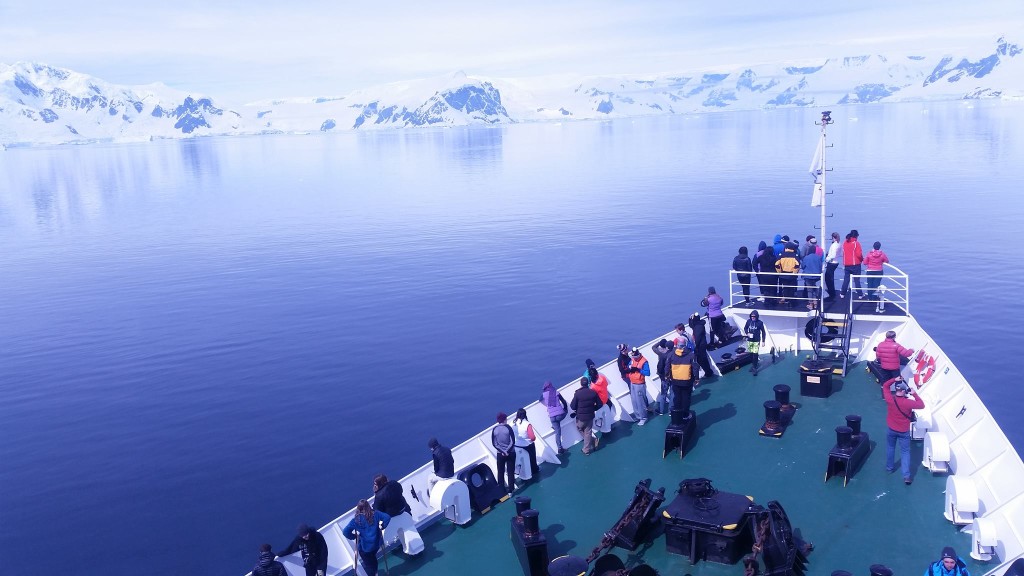
On our way back to Argentina. We kept seeing killer whales pop to the surface to hunt. It was probably one of our nicest days weather-wise, so everyone was on the deck to watch the animals and take it all in.
I would like to thank Royal Bank of Canada, Nunavut Tunngavik Inc., Qikiqtaaluk Corporation, Baffin Larga, Royal Canadian Legion, Nunasi, Archie Argnakak, Jamie Flaherty, Susan Gardener, Mike and Margaret Gardener, Edna Elias, Lynda Gunn, Pudlat Kilabuk, Naja Machmer, as well as to the community for all their support. I would also like to thank CBC News for the interviews and Finding True North for allowing me to share my incredible journey.
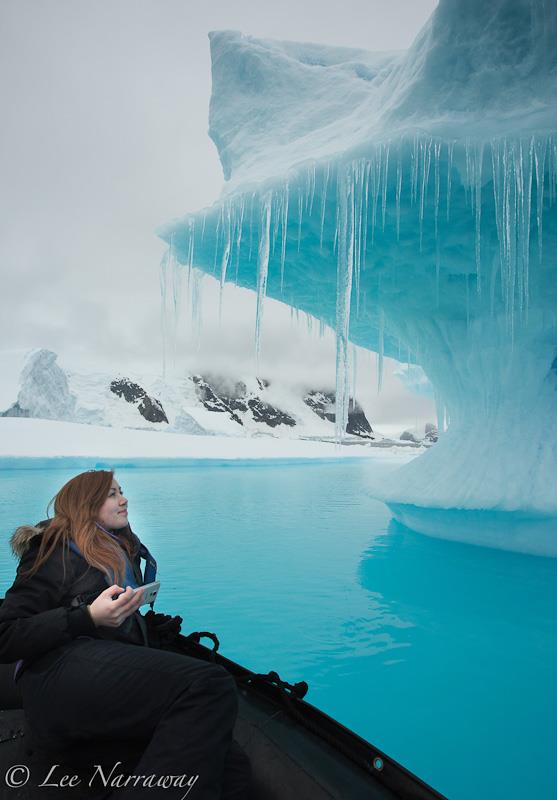
My name is Kyra Flaherty, I am half Inuk, I was born on August 27th, 1996 and I am a resident of Iqaluit, Nunavut. I’m passionate about all types of art, learning, traveling, and the environment. I have been to a total of 15 countries with my favourite trip being my most recent one to Antarctica. I currently work for Nunavut Tourism in the Unikkaarvik Visitors Centre as an information counsellor, but in the future I want to become a Nunavummiut teacher. As a kid I was never really into the girly things;I was into hunting, camping, and collecting bugs; more of an earthy feel rather than watching TV or staying inside which is how I still am today. Growing up in such a remote and isolated town leaves you with not much to do besides outdoor activities and creating your own fun. I guess that’s how my passion for art was able to progress and continue. I also enjoy spending my time with my dogs, family, friends, as well as biking, dirt biking, and skidooing. Well that’s me in a nutshell!
Do you want to get involved with Students On Ice? You can apply for the upcoming 2015 Arctic Expedition (applications close March 15, 2015), or you can donate to help support other enthusiastic students like Kyra (donations are always open!).

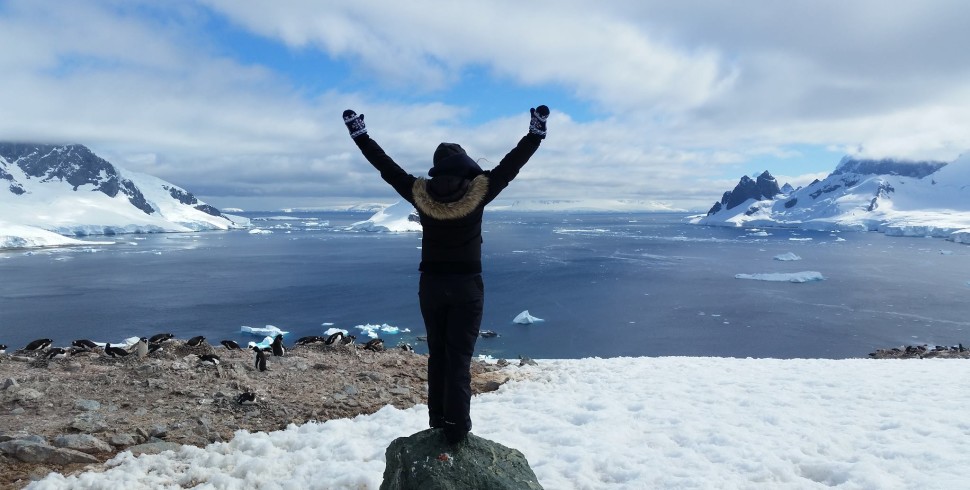
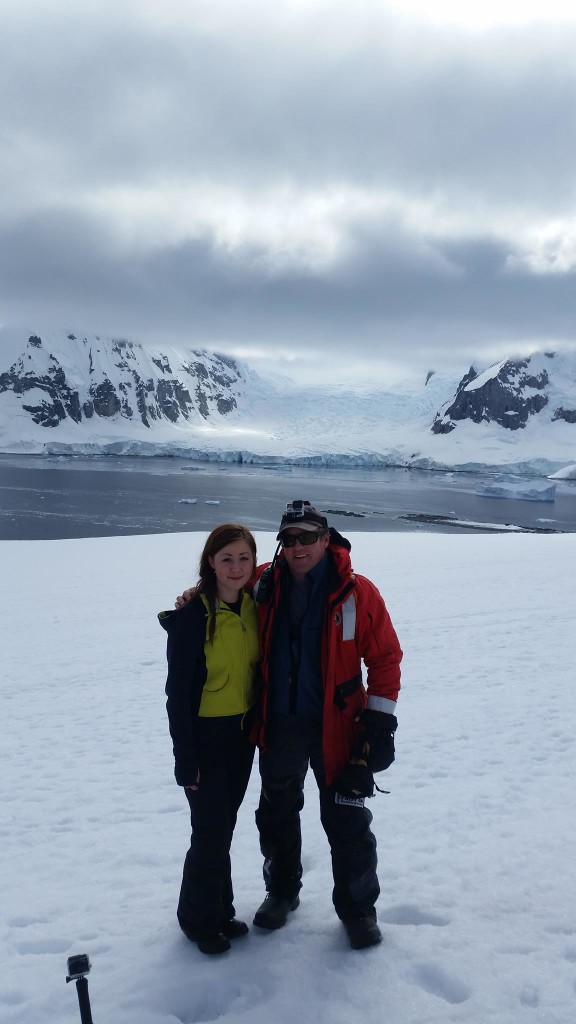
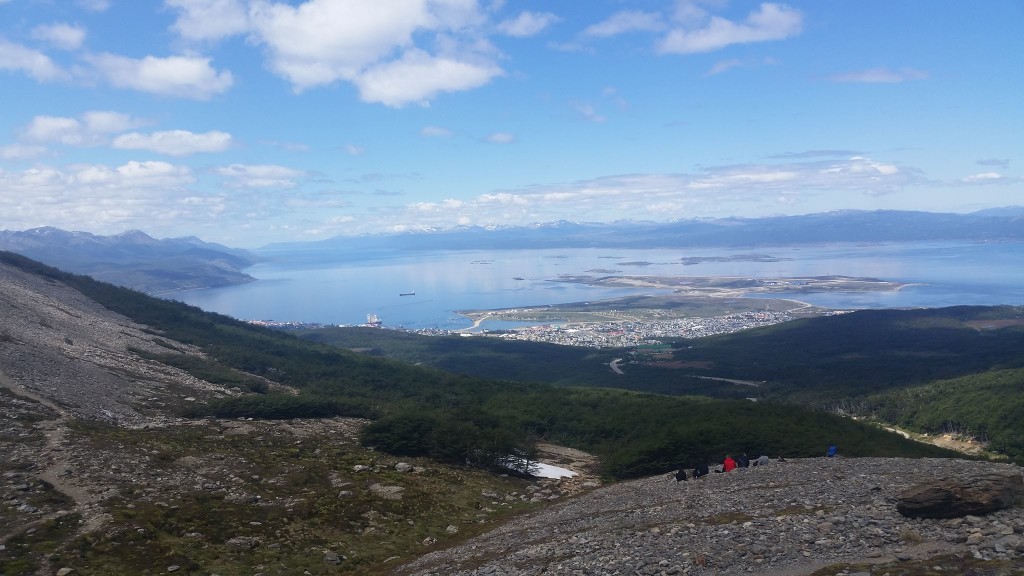
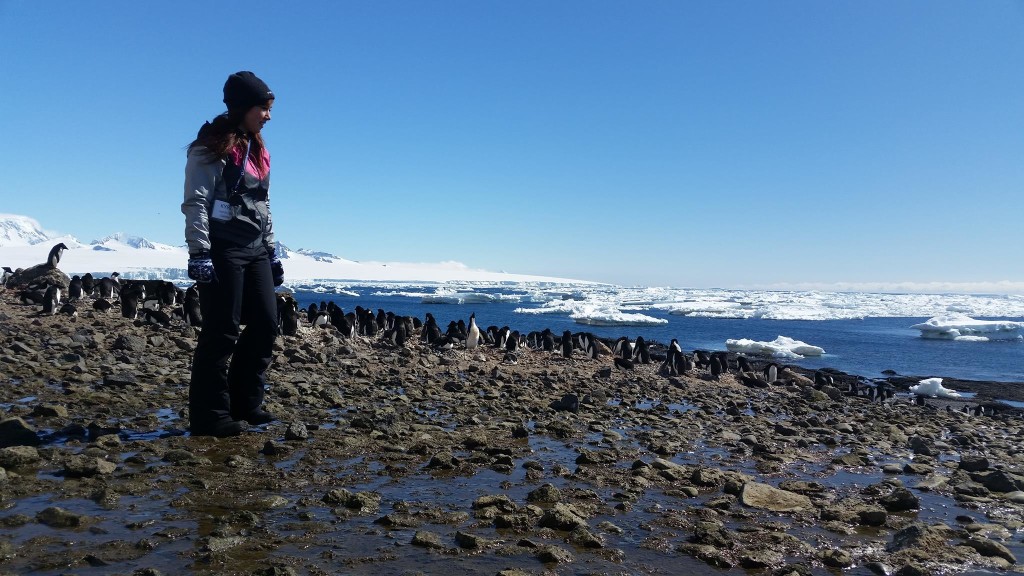
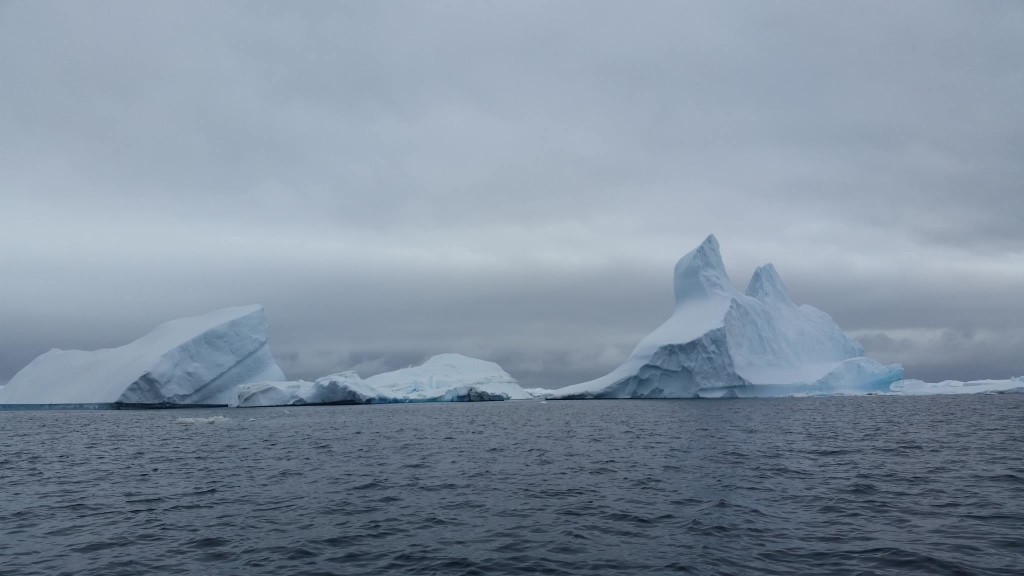


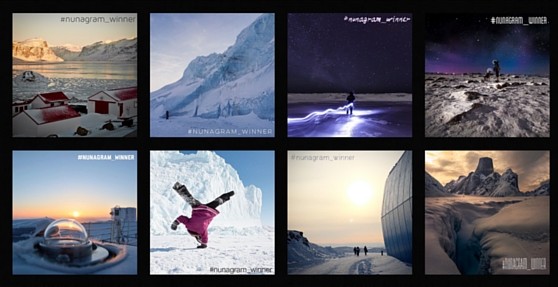





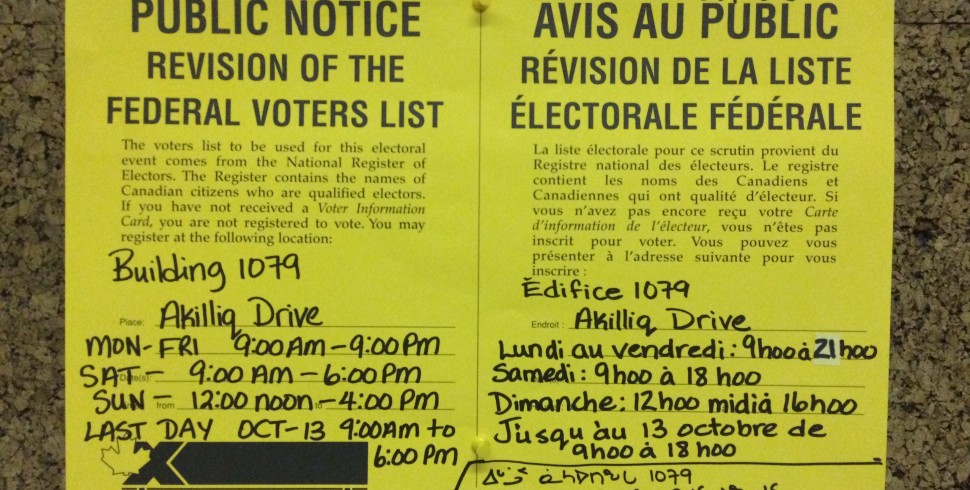
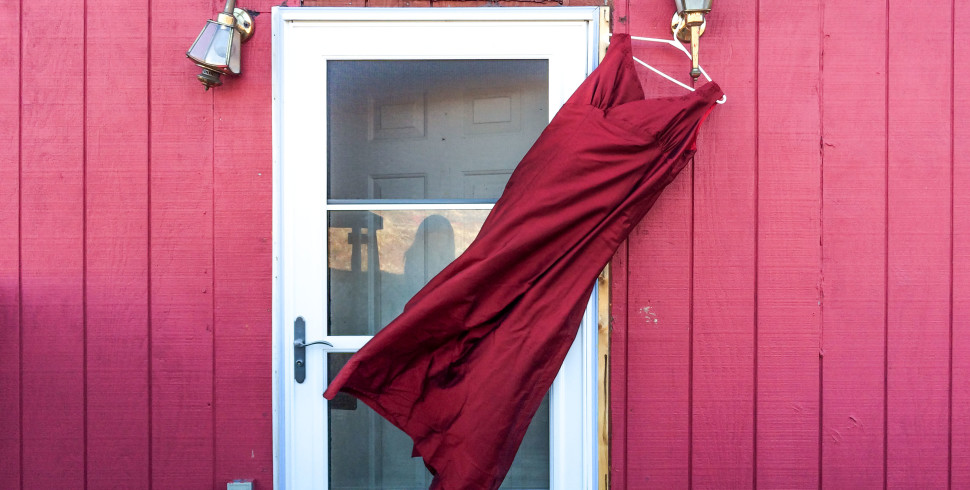

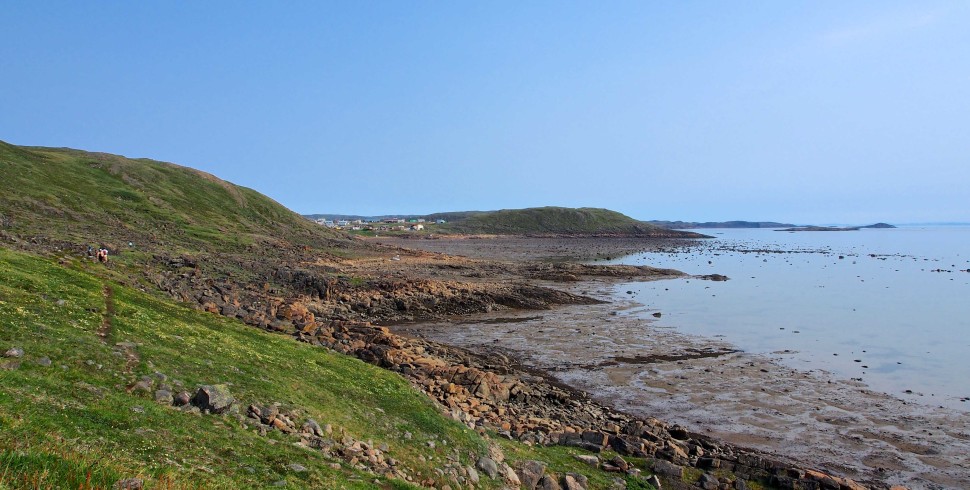
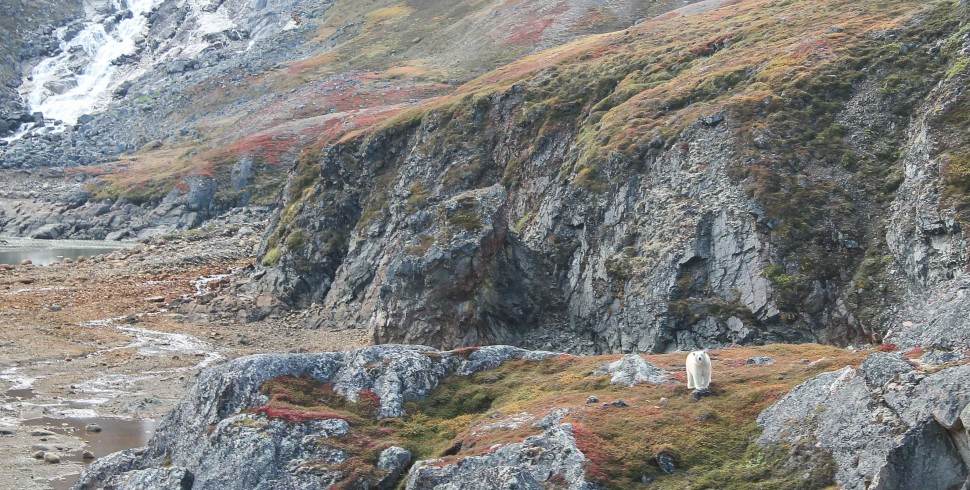
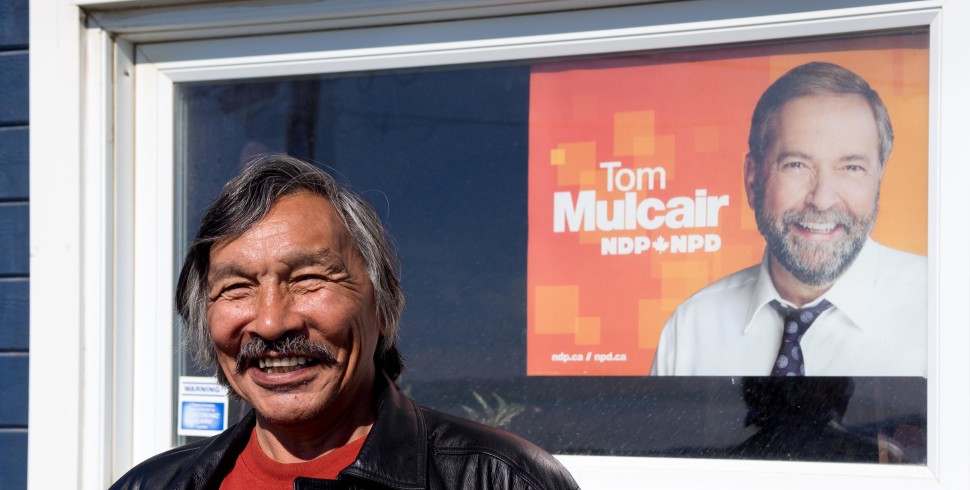
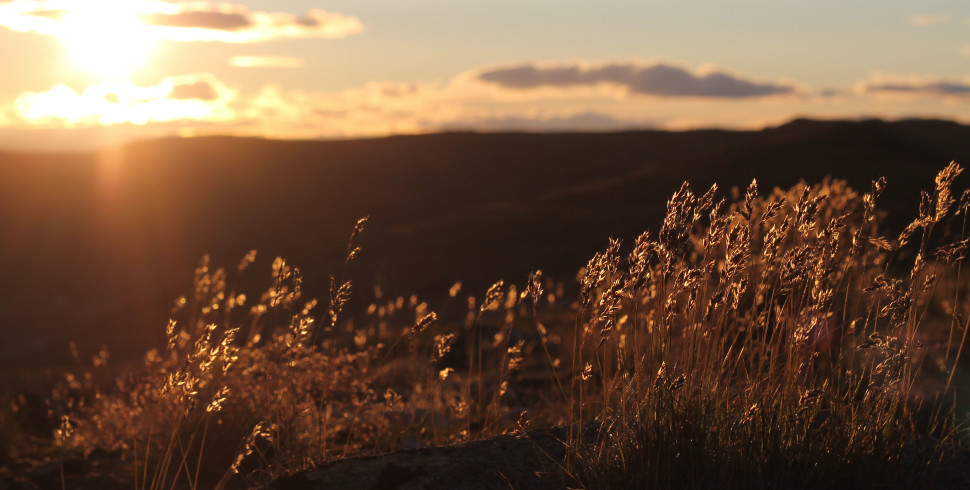
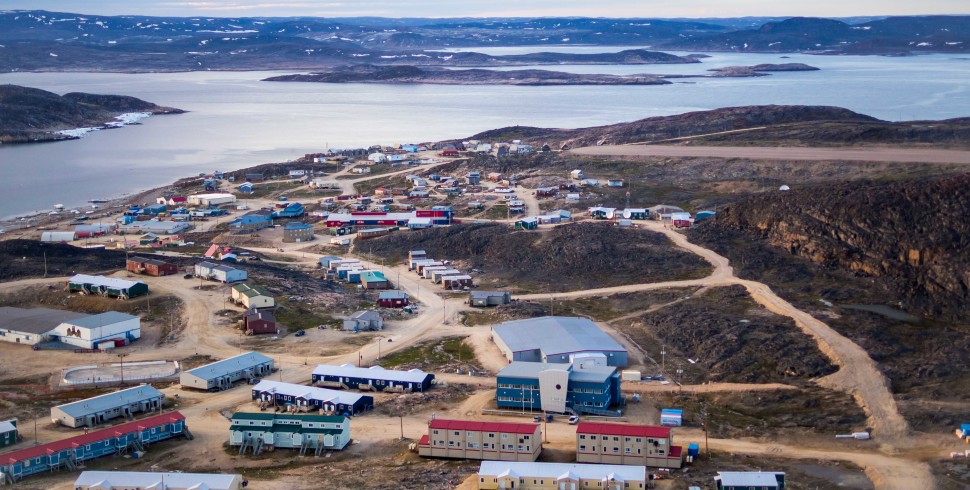
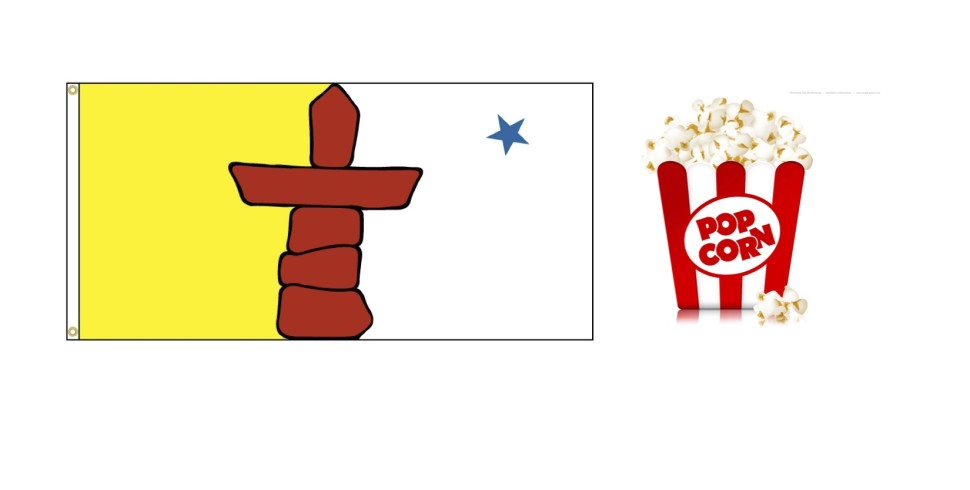

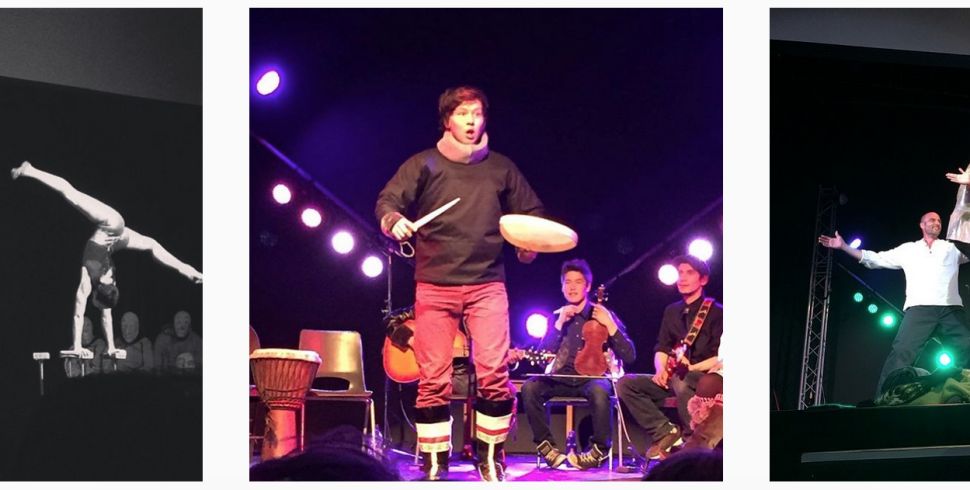
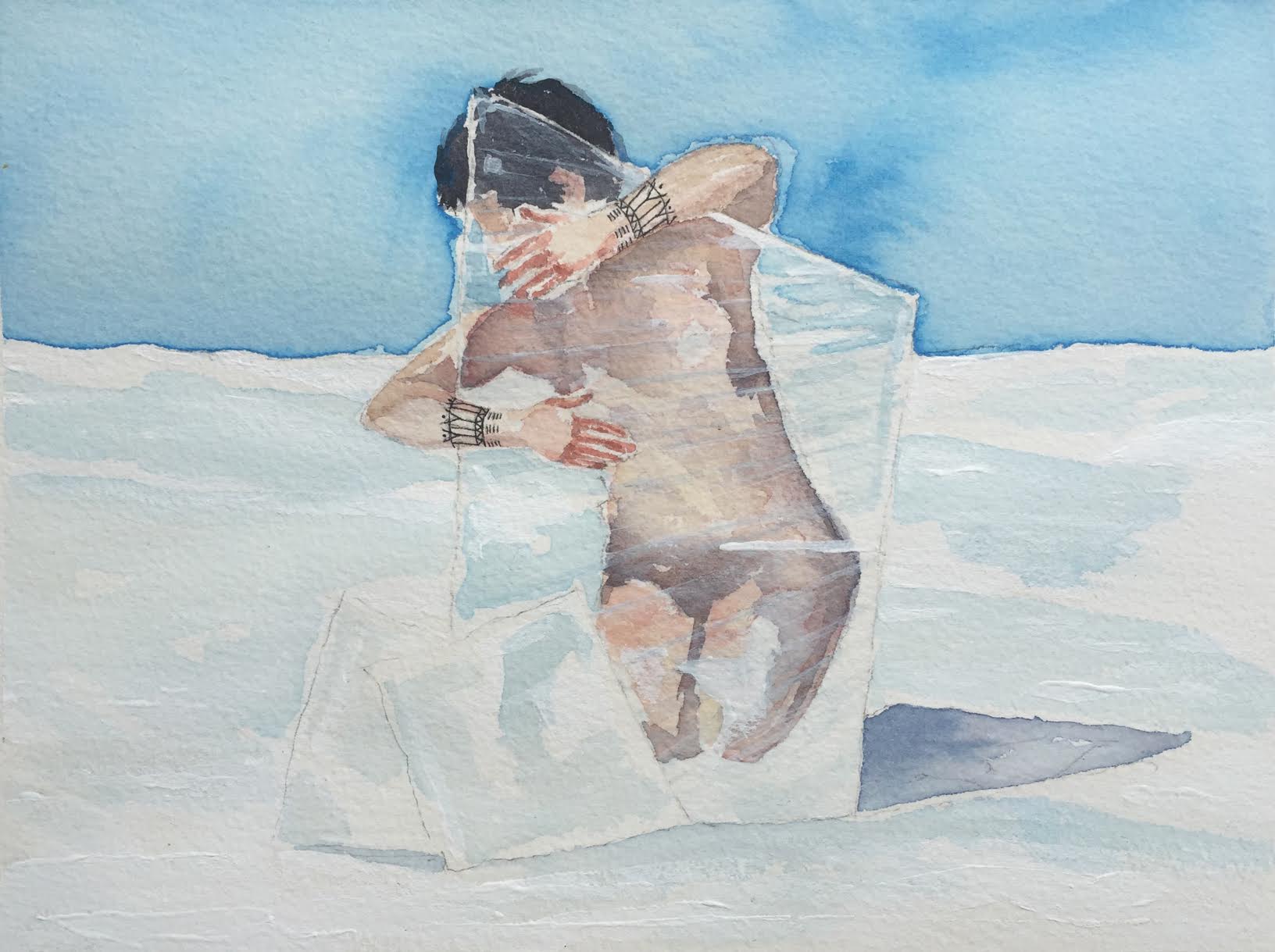
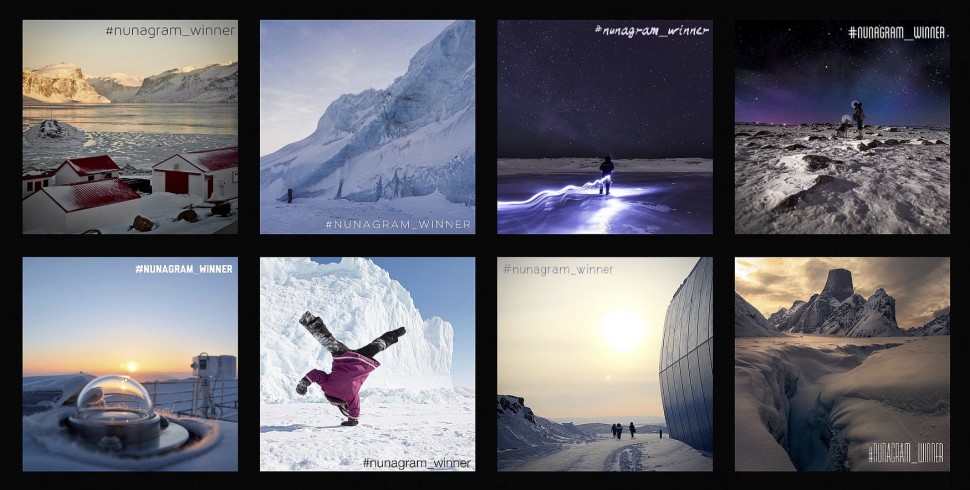
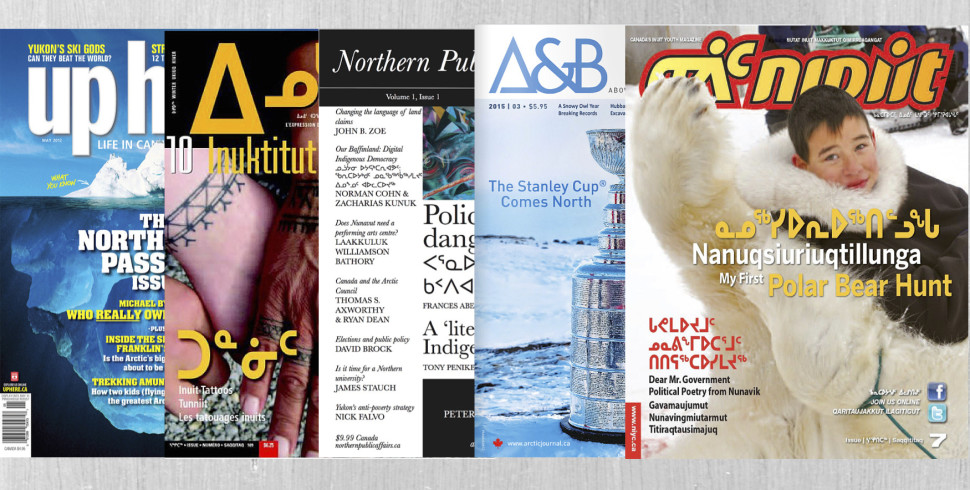
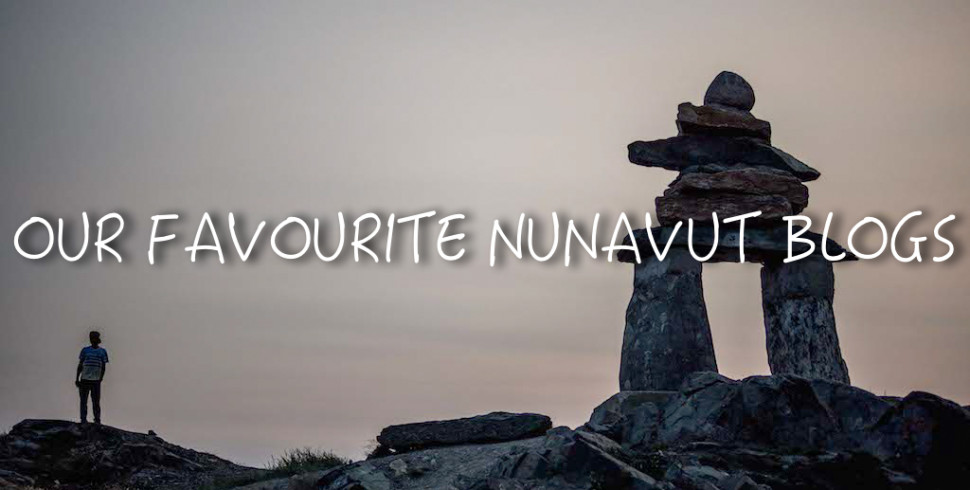
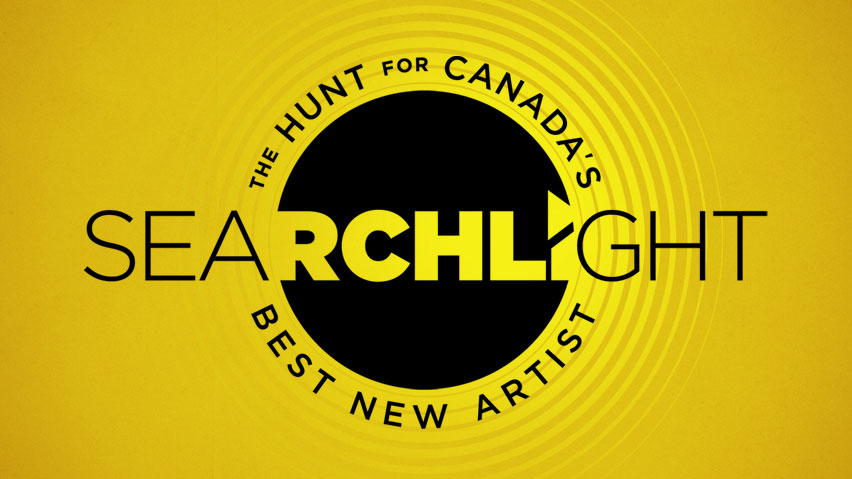
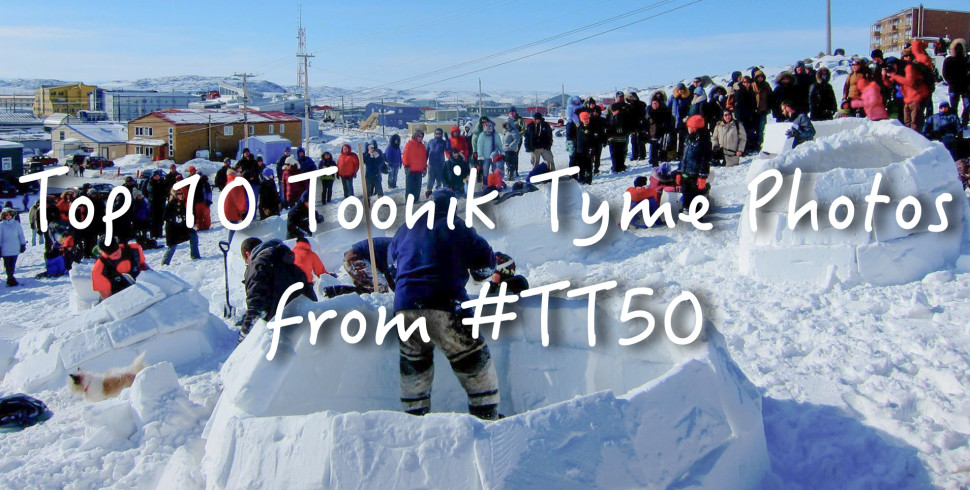
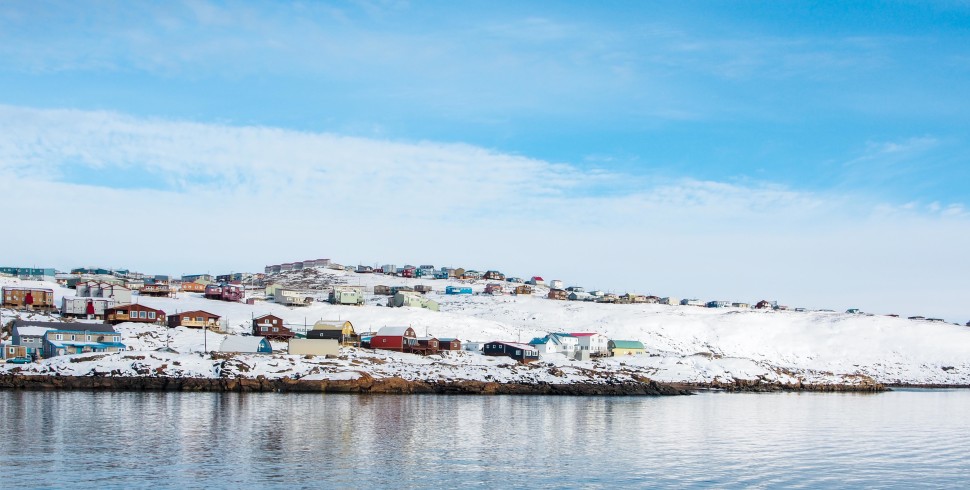
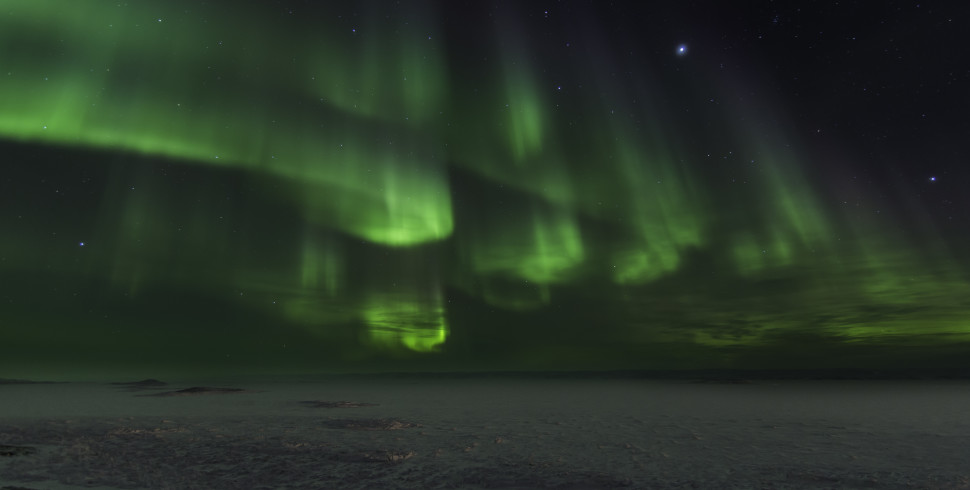
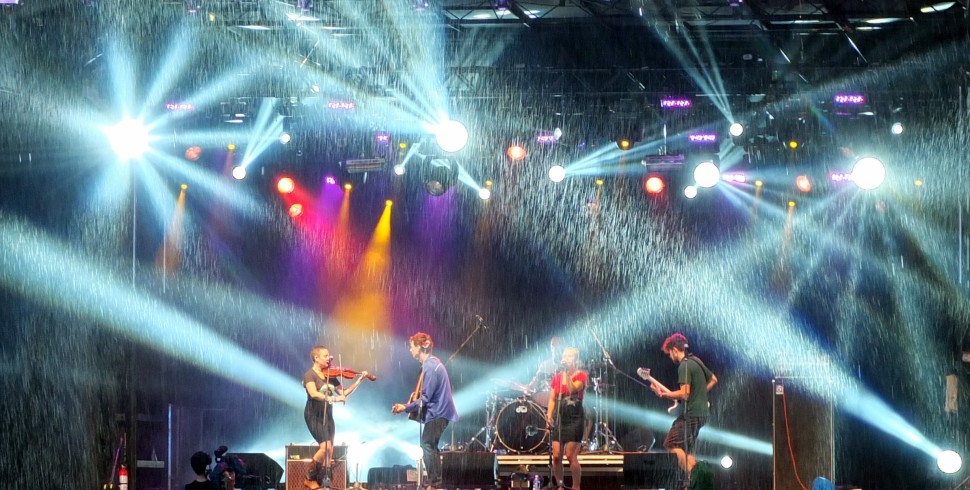
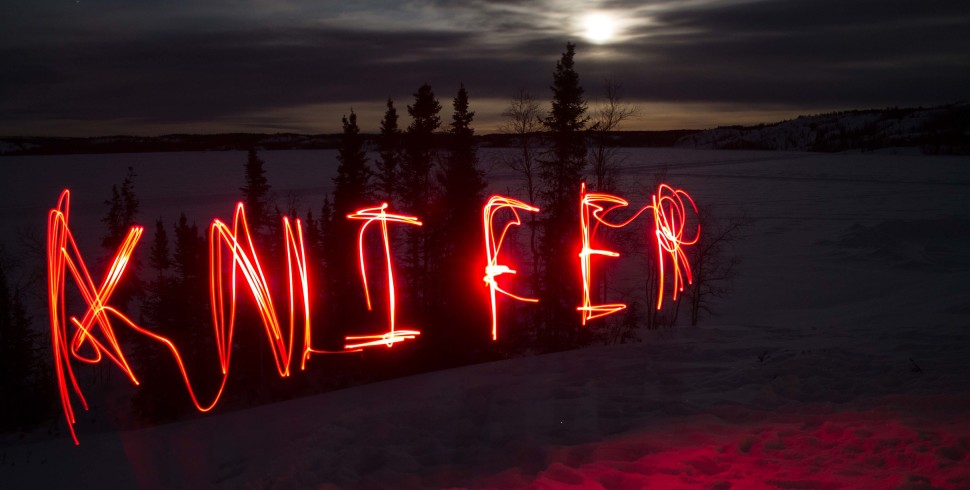

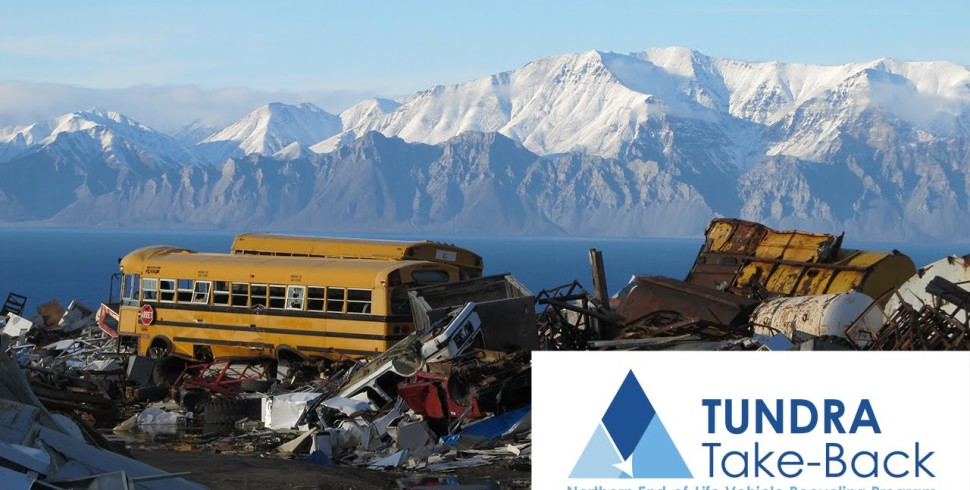
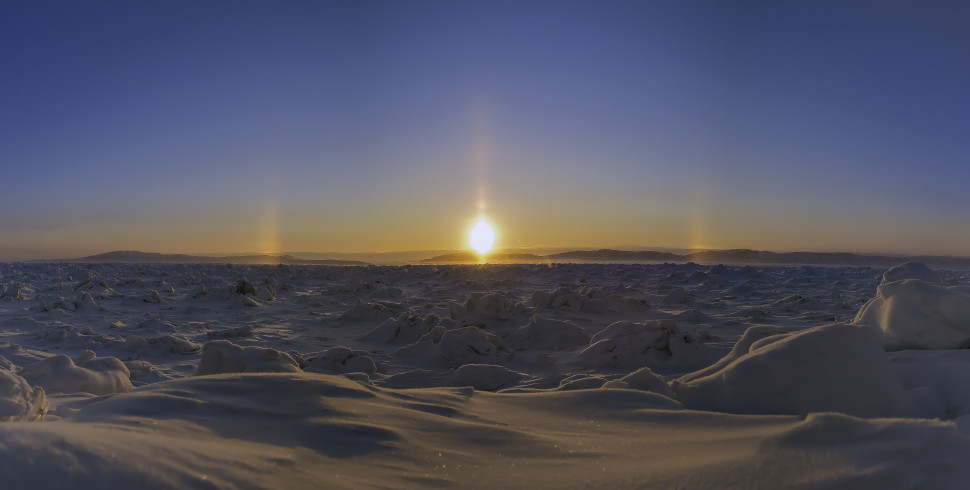
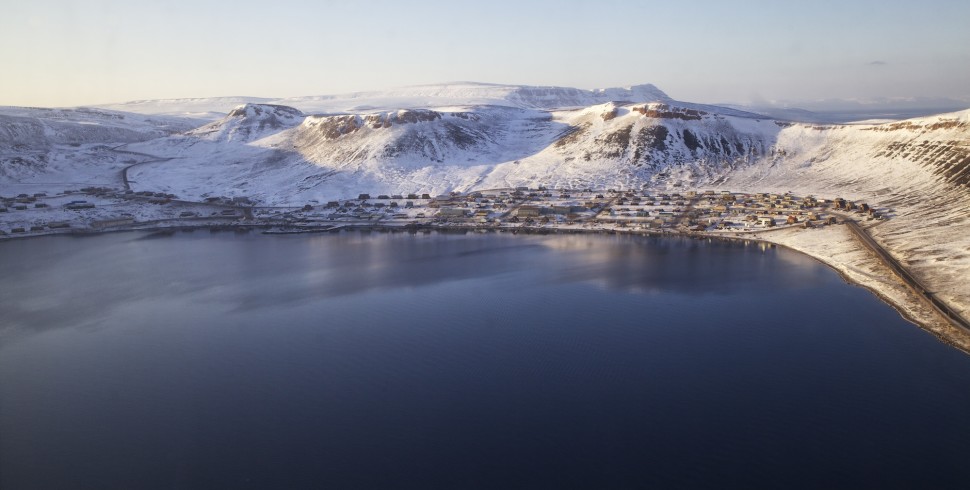
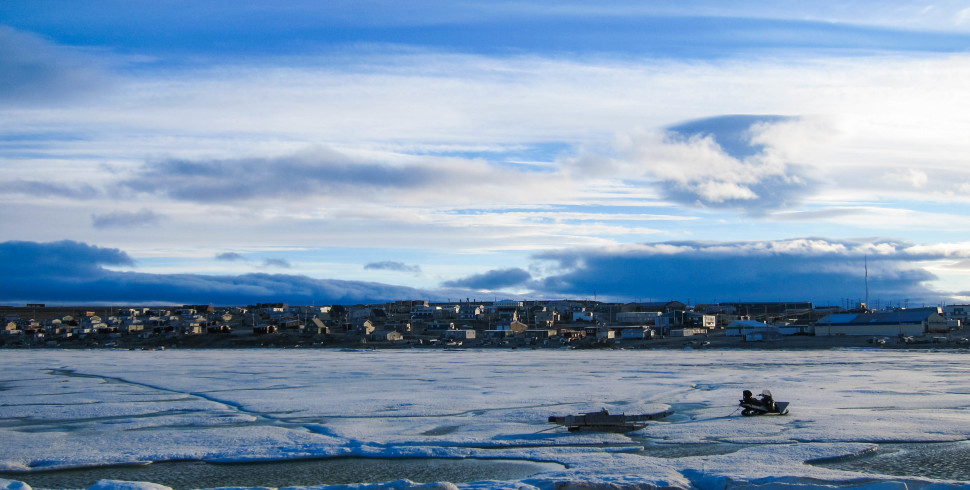
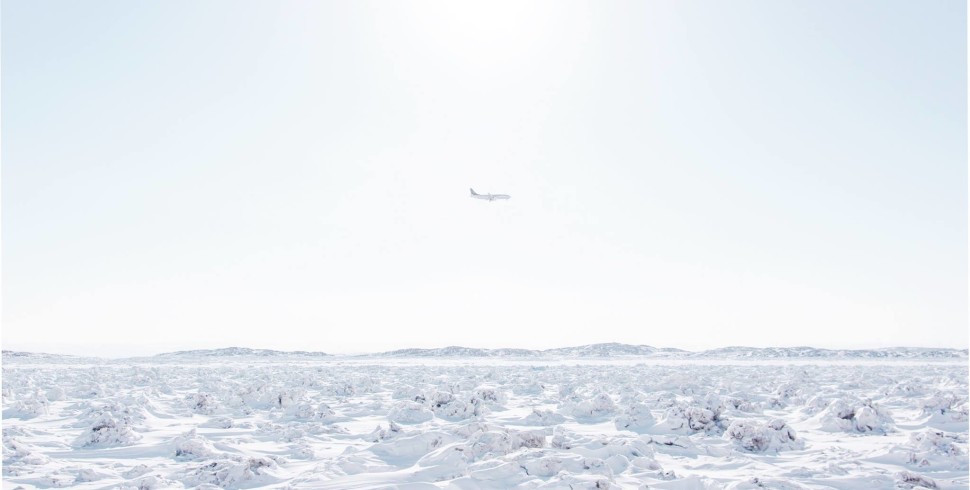
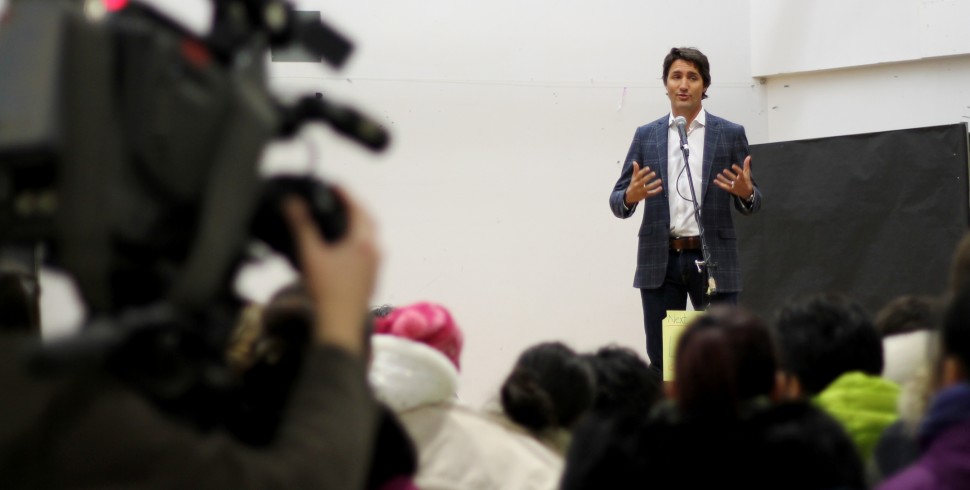

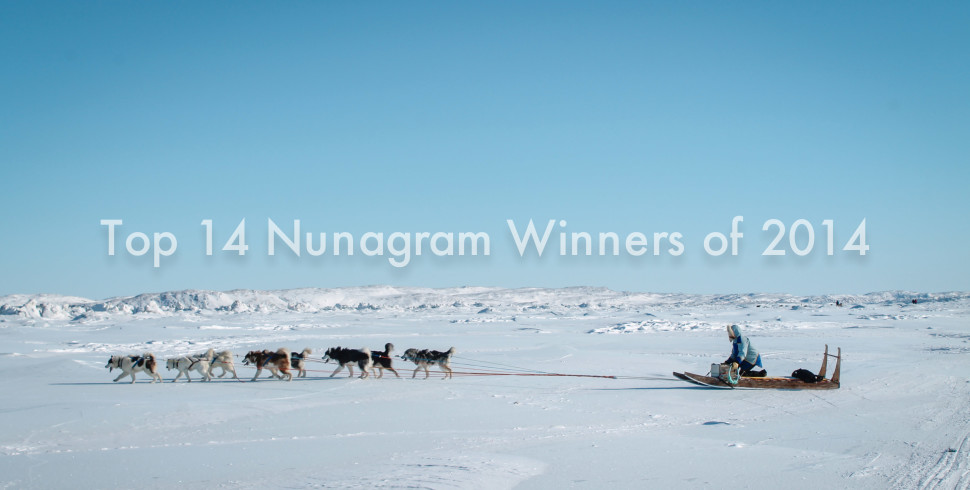
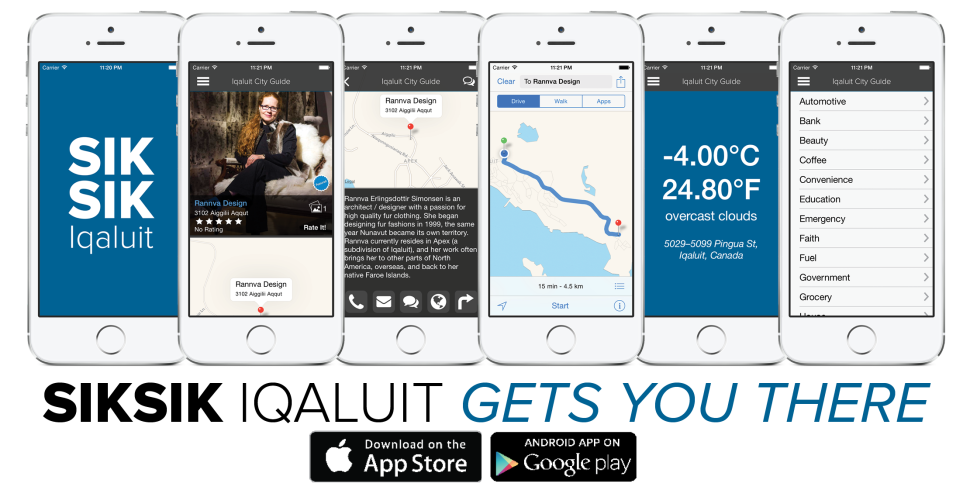
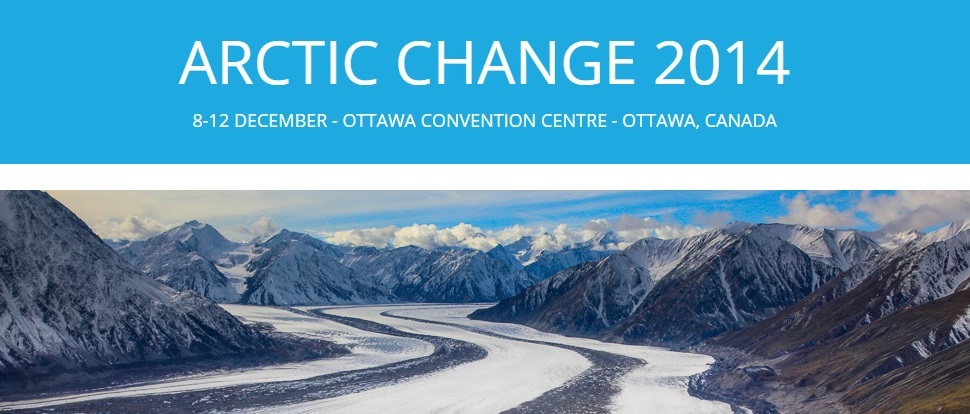

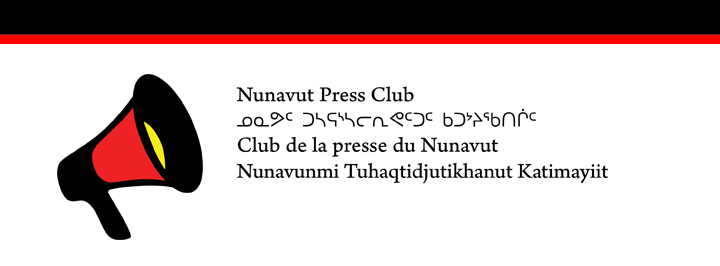
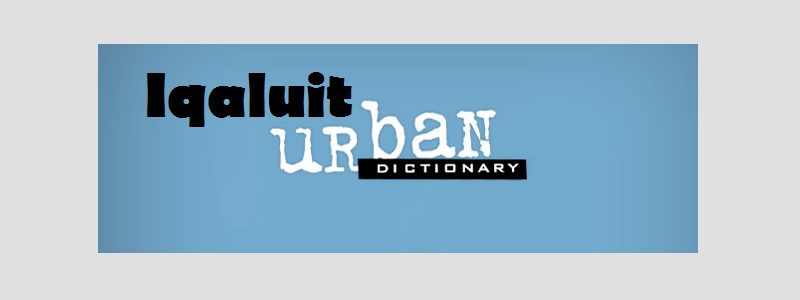


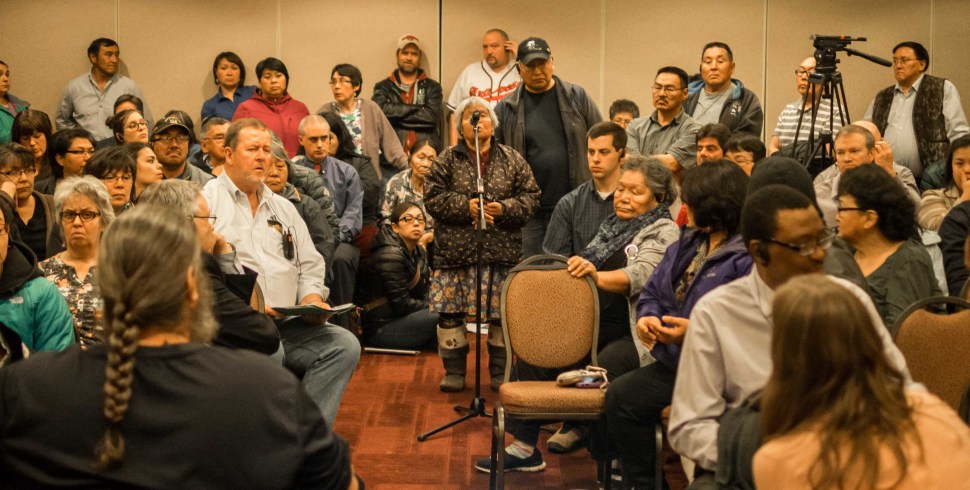
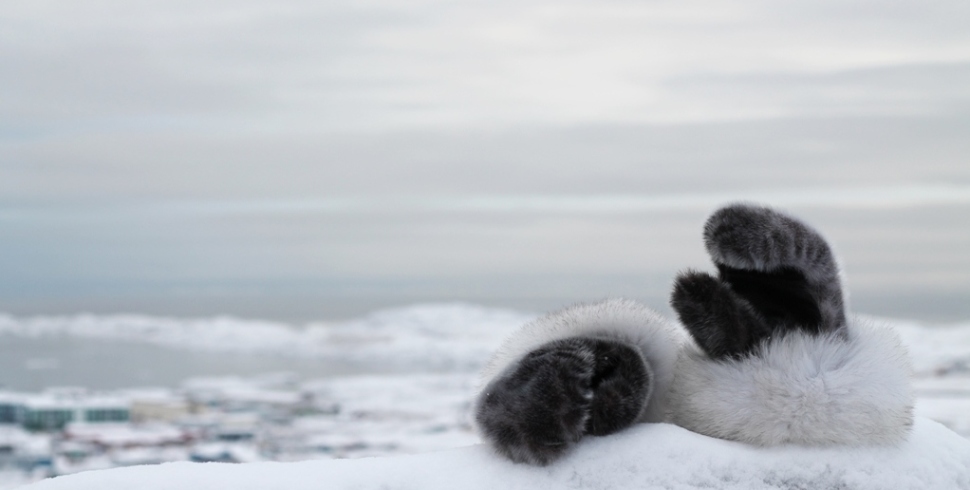
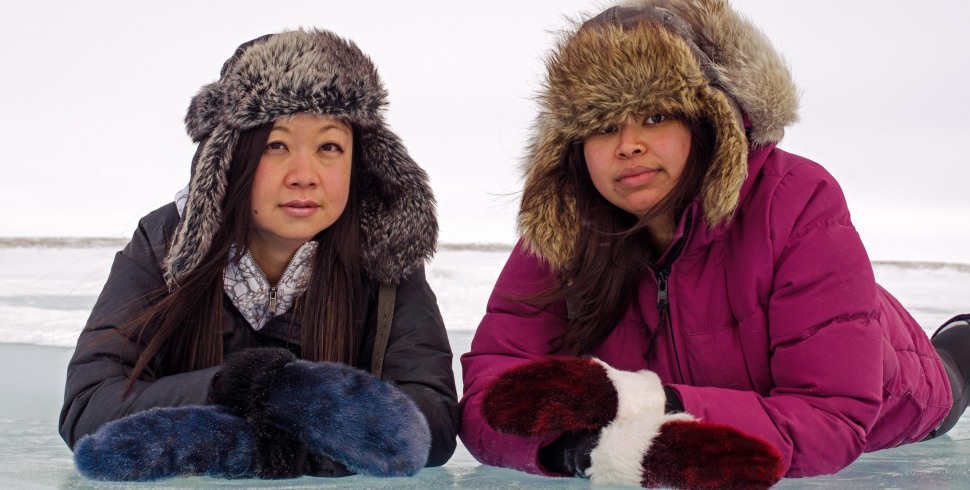
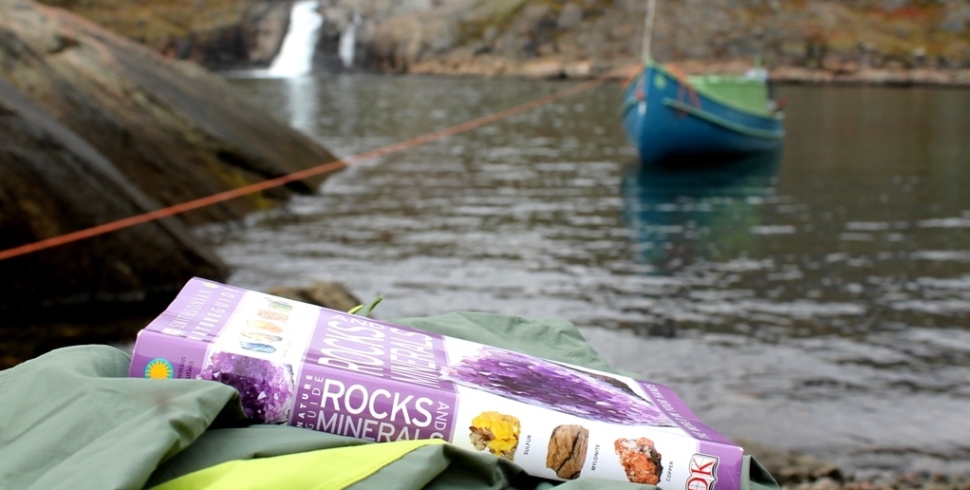
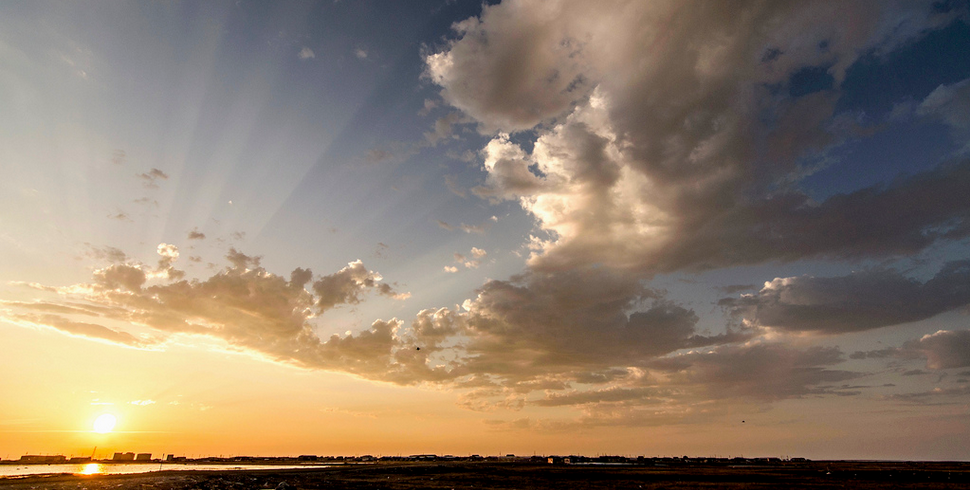
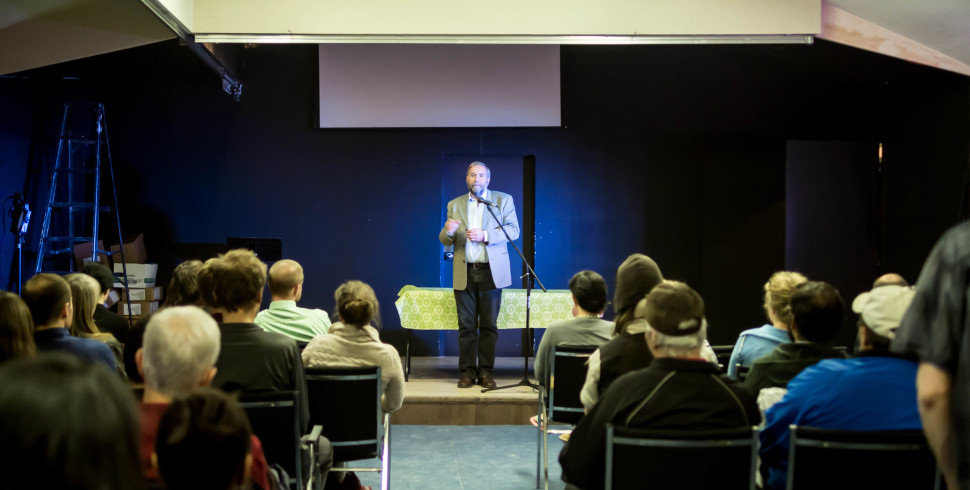
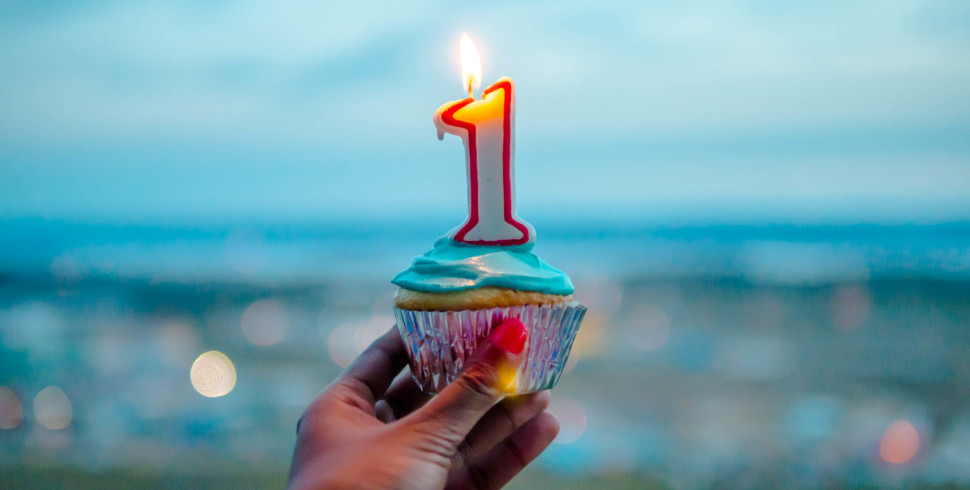

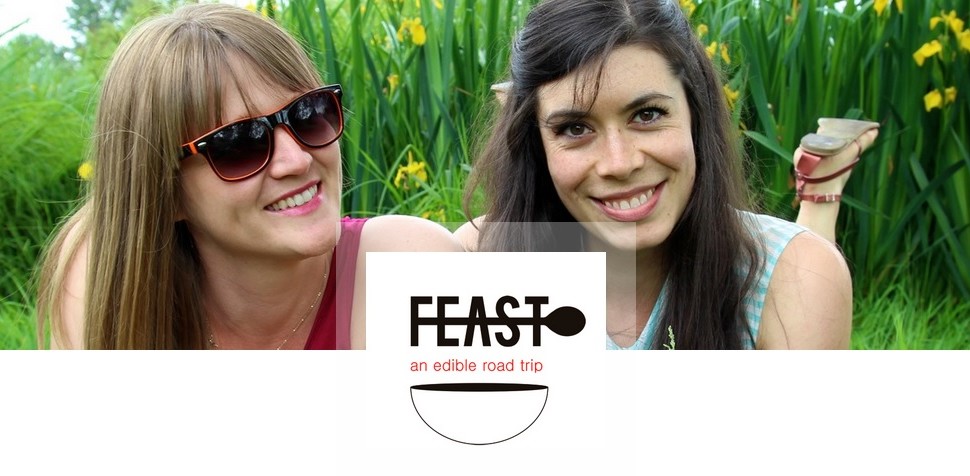
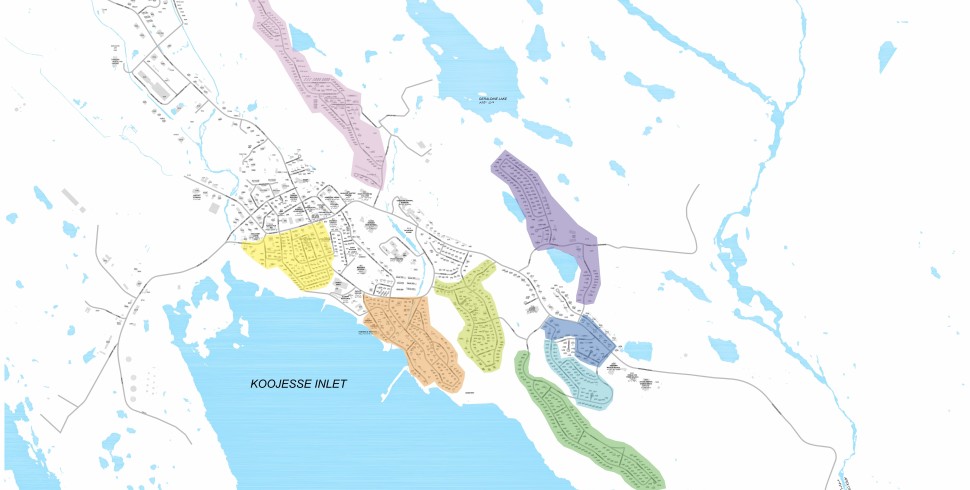
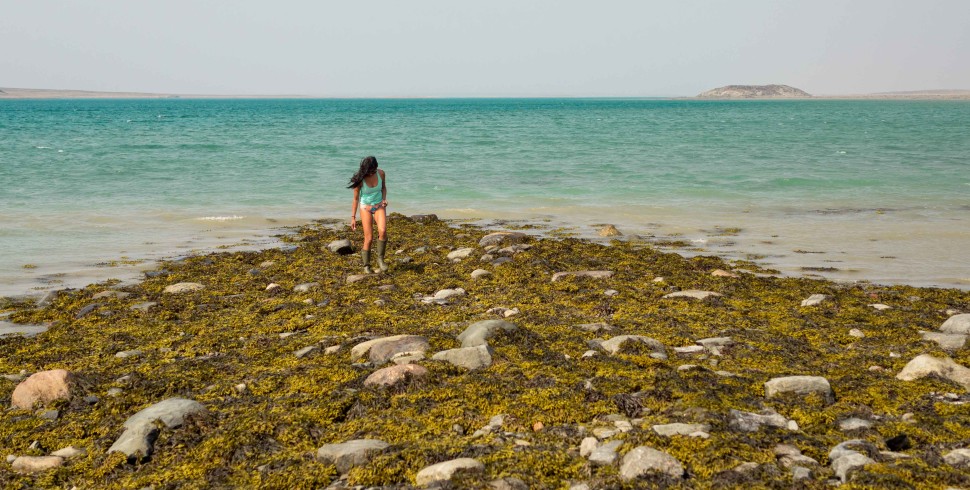
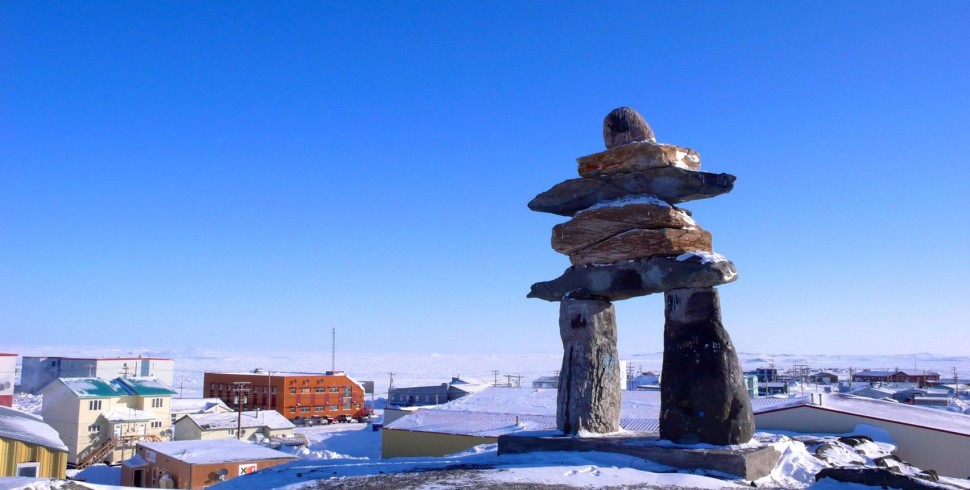
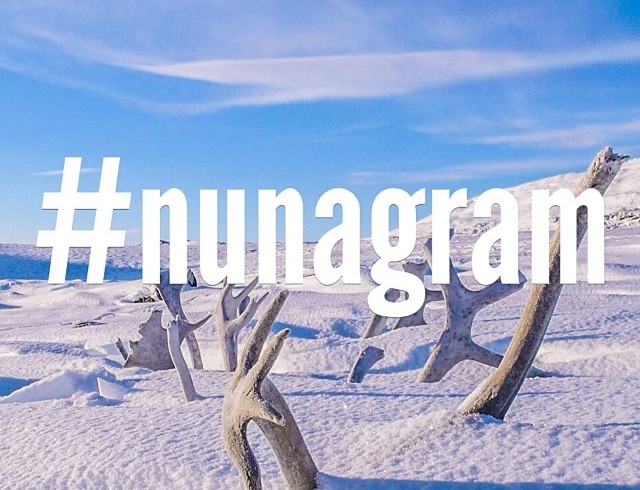
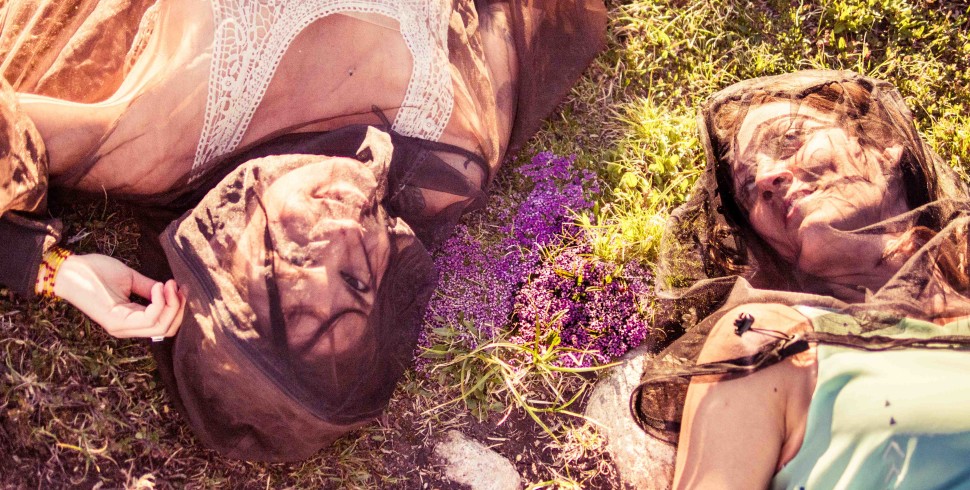
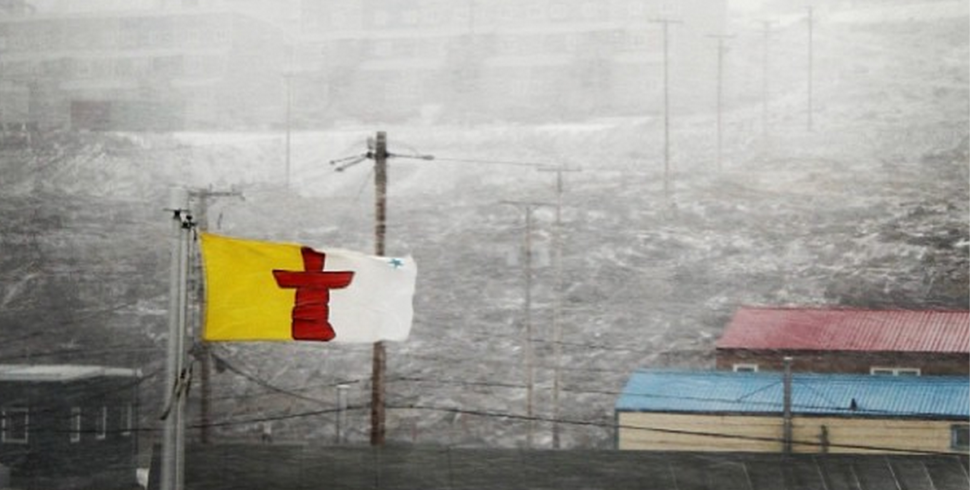
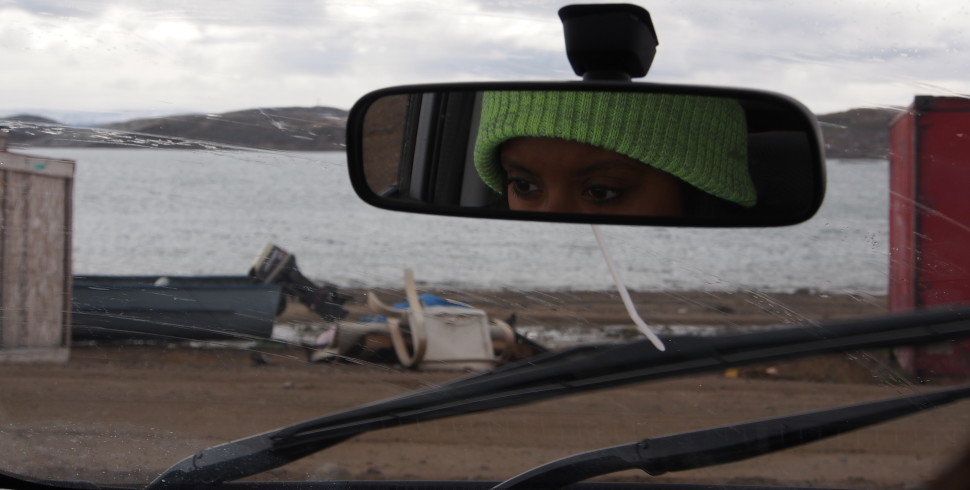
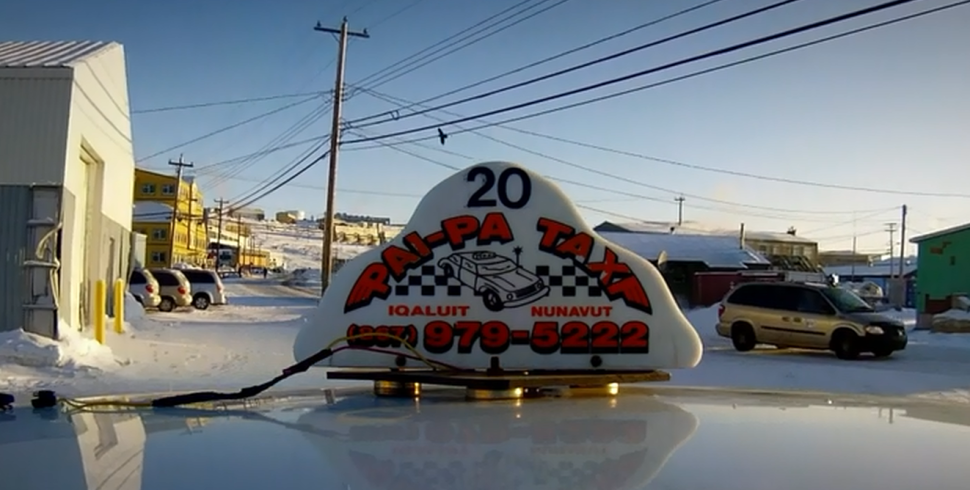
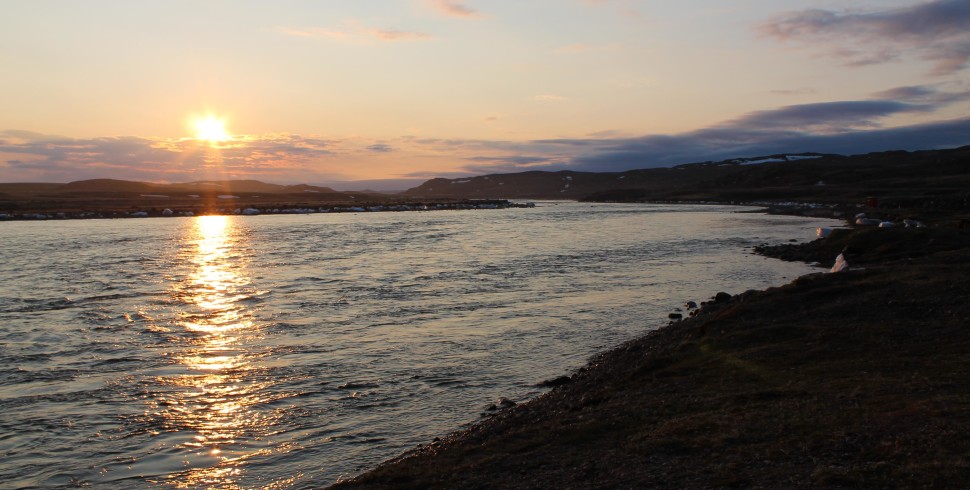
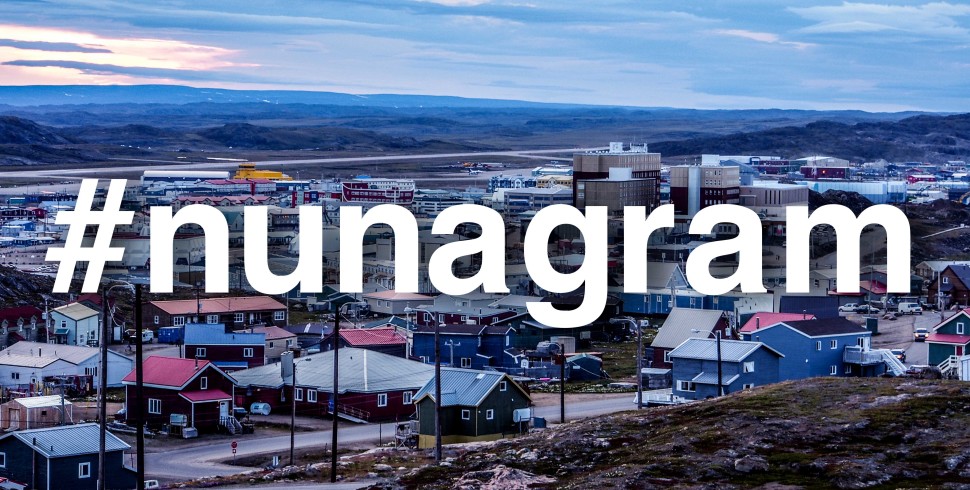
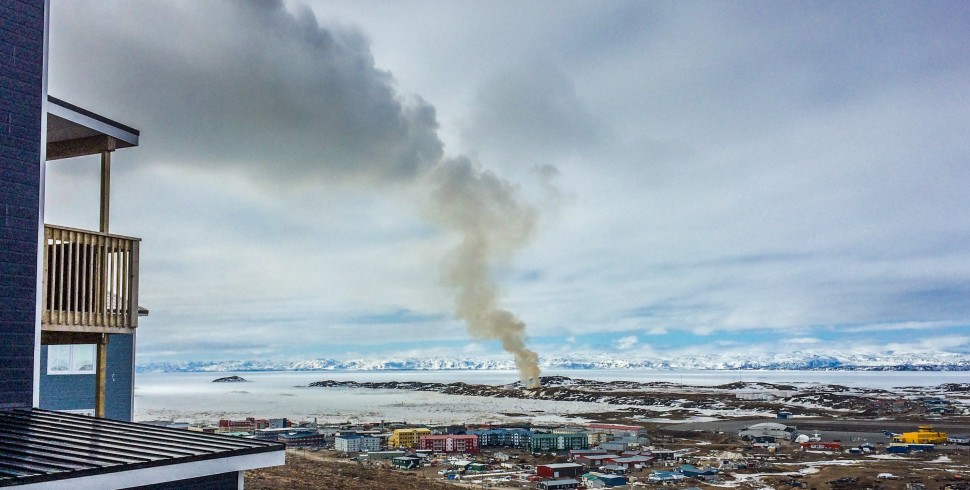

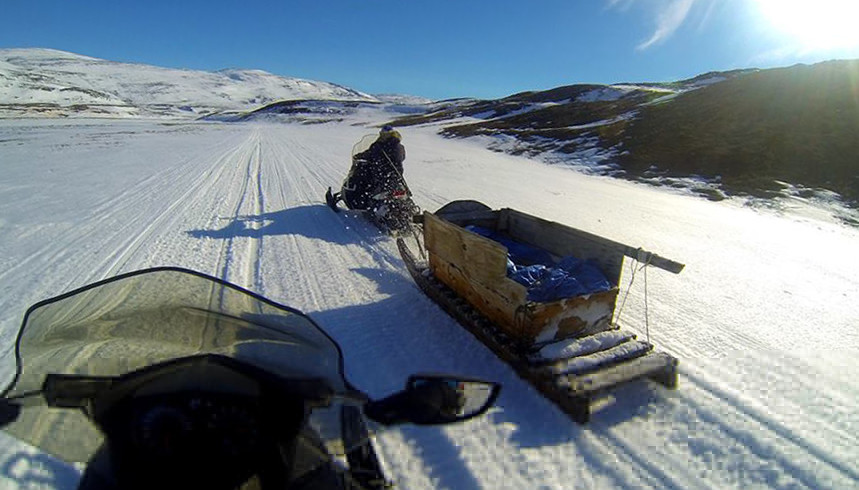
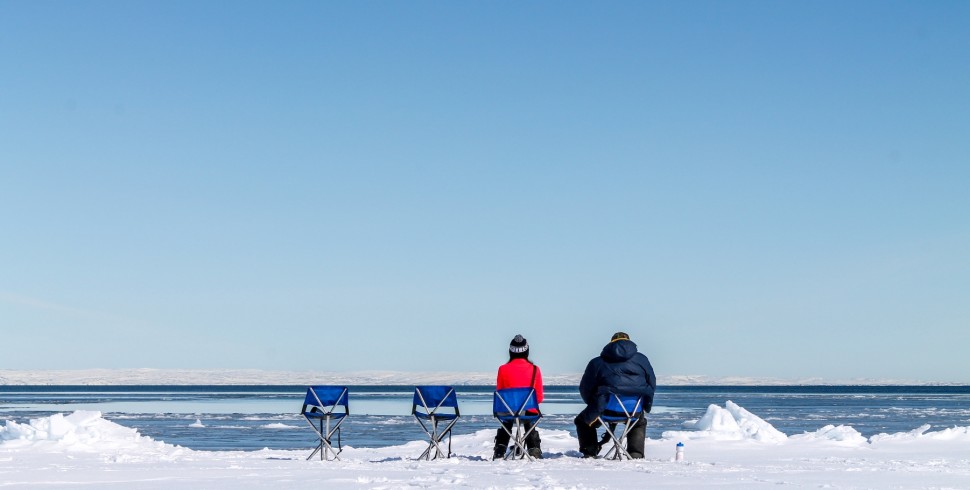
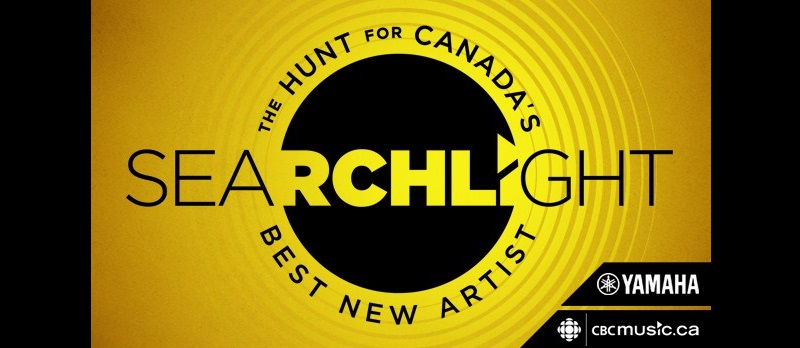
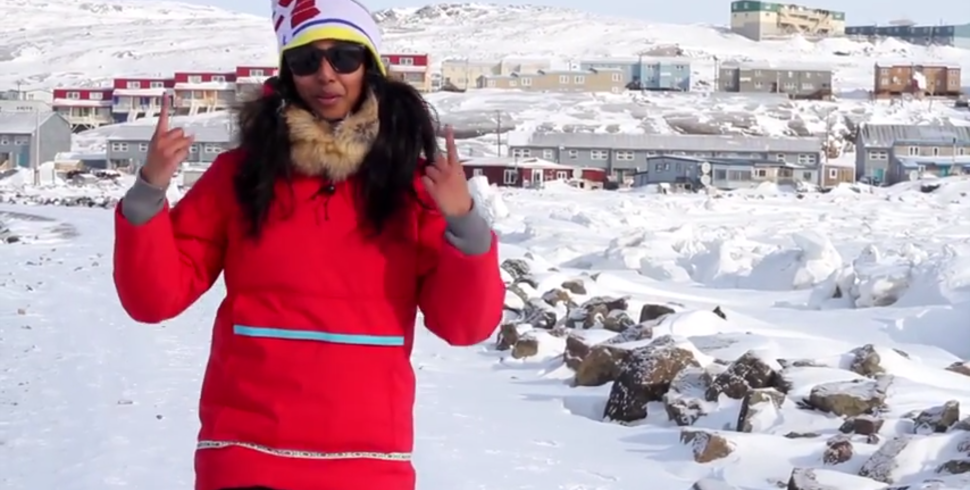
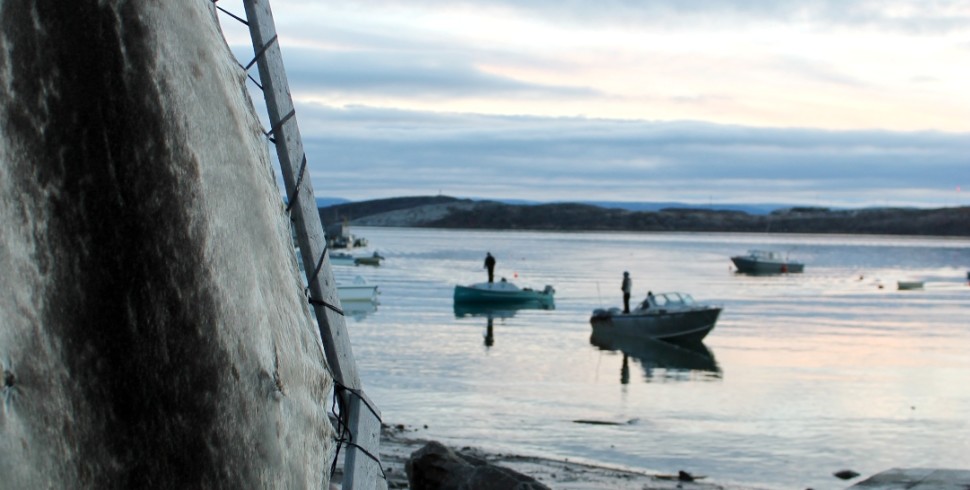
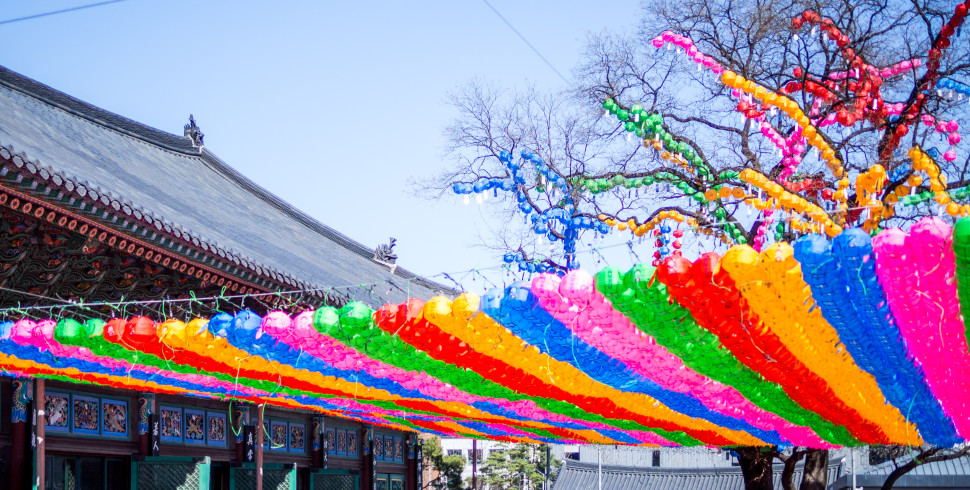
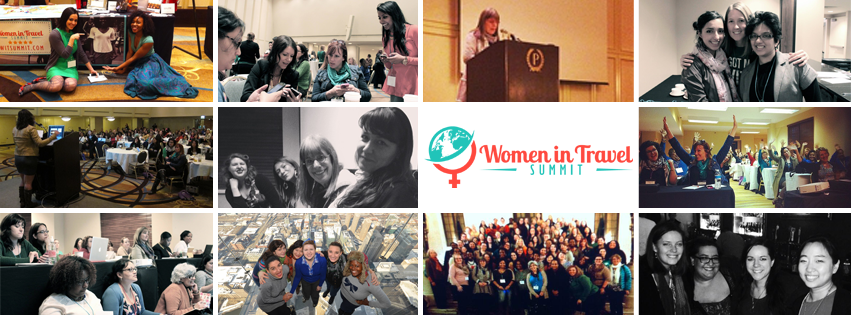
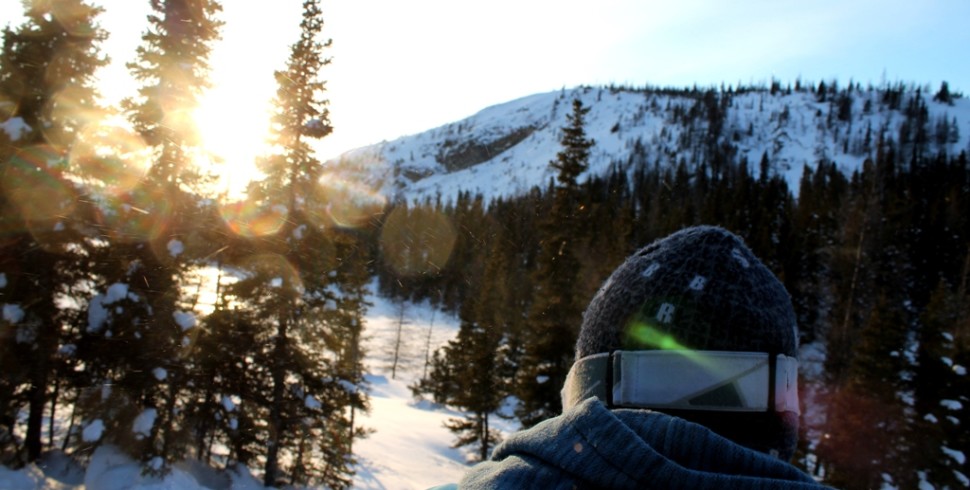
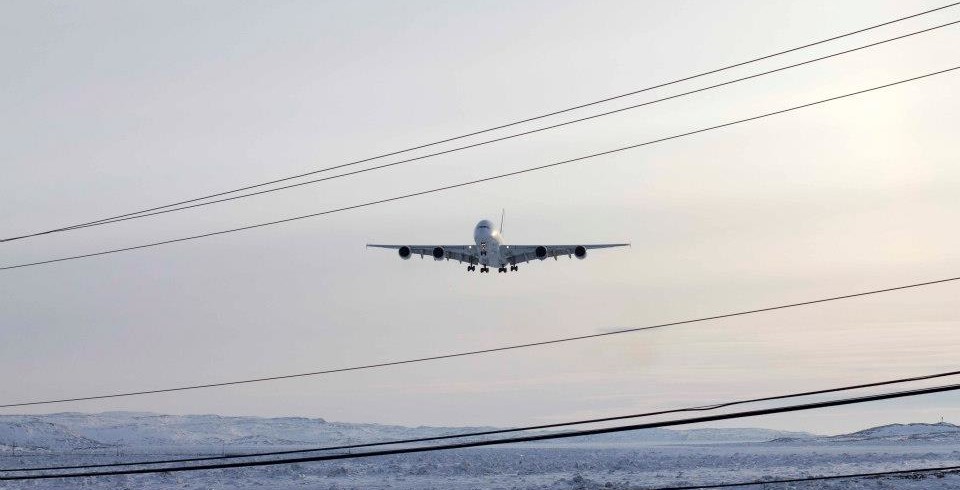

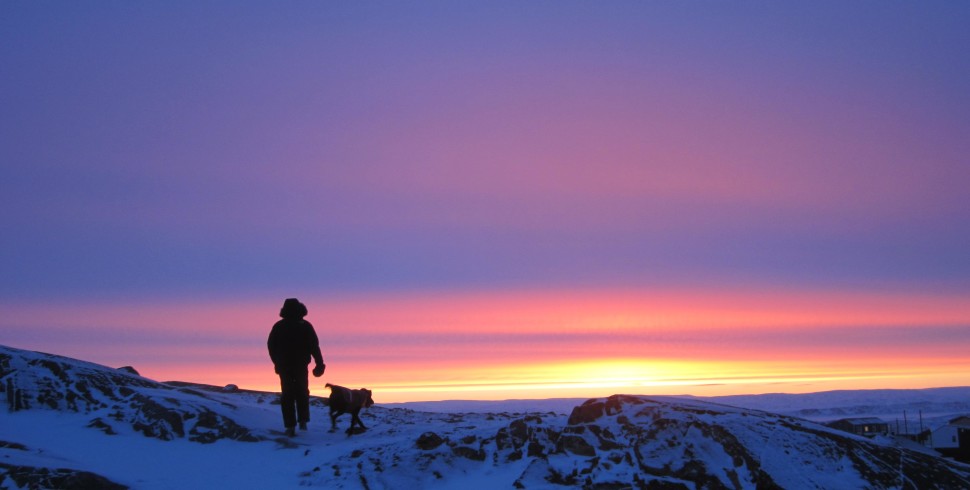
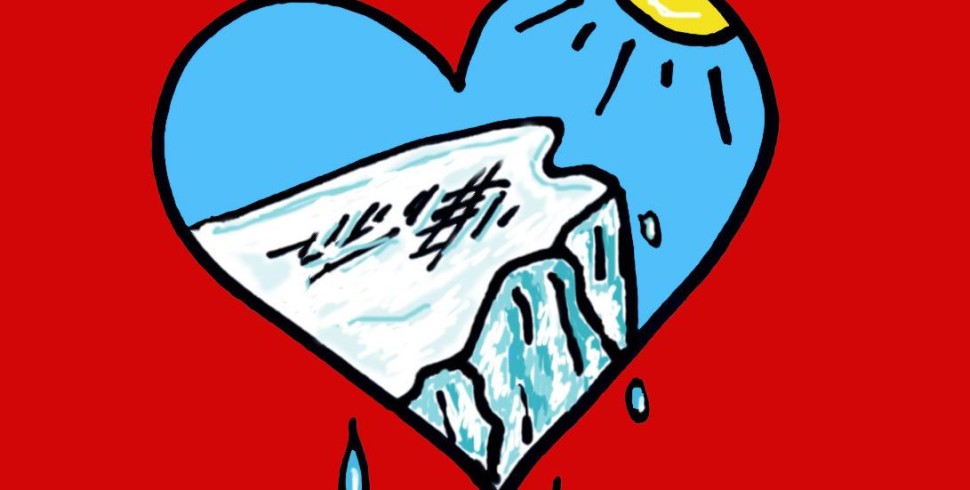
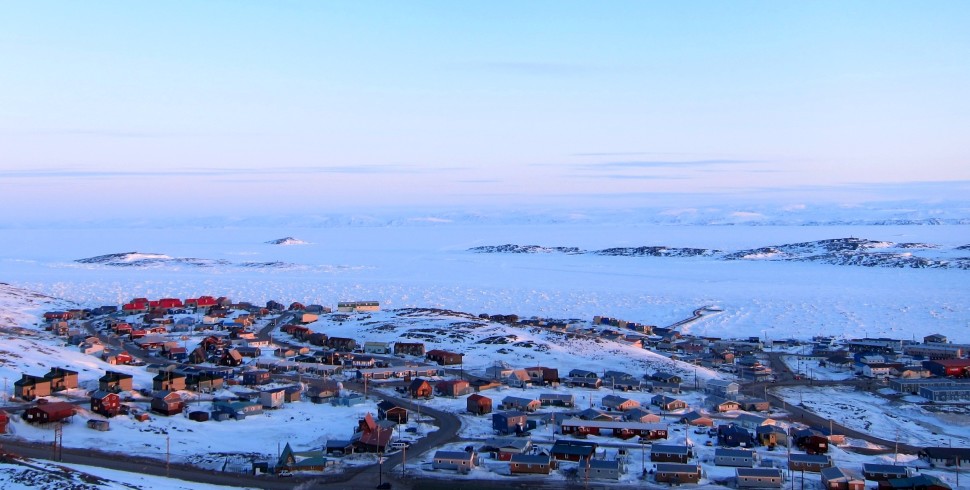
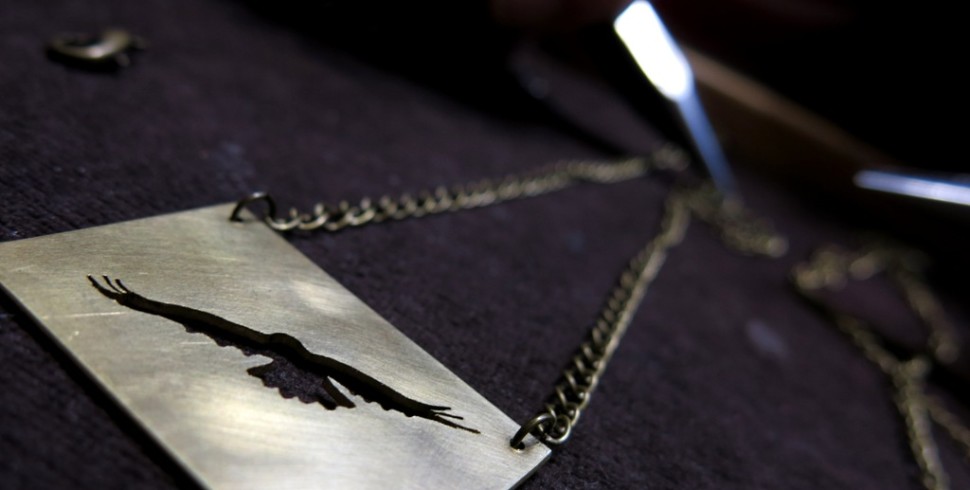
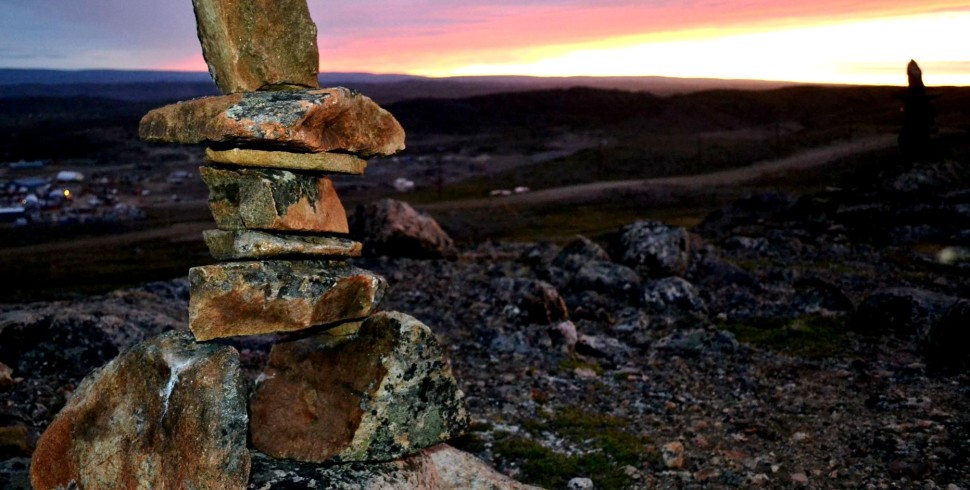
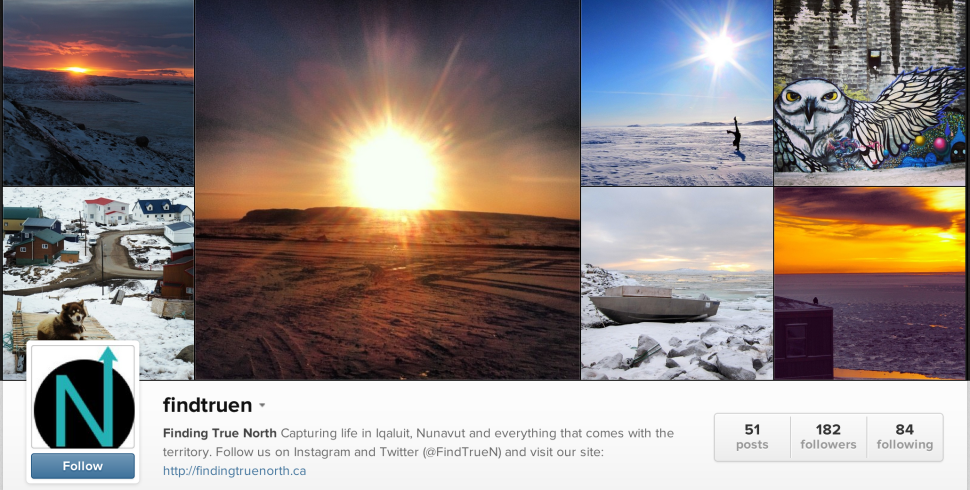
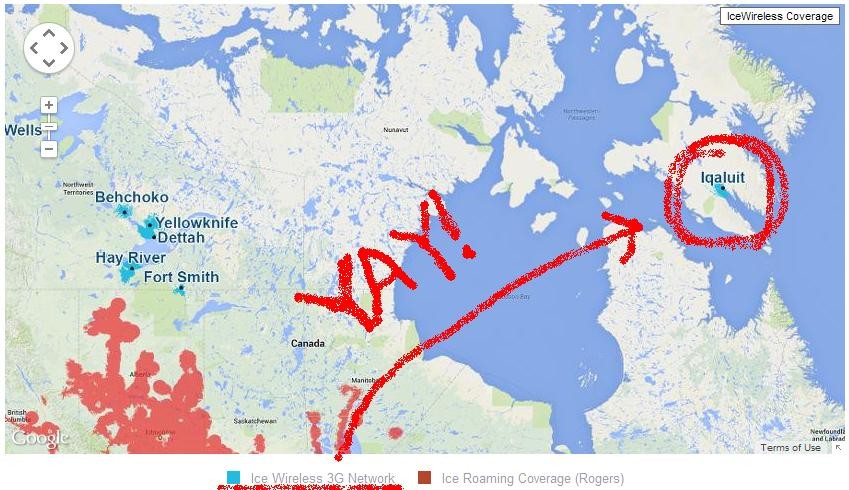
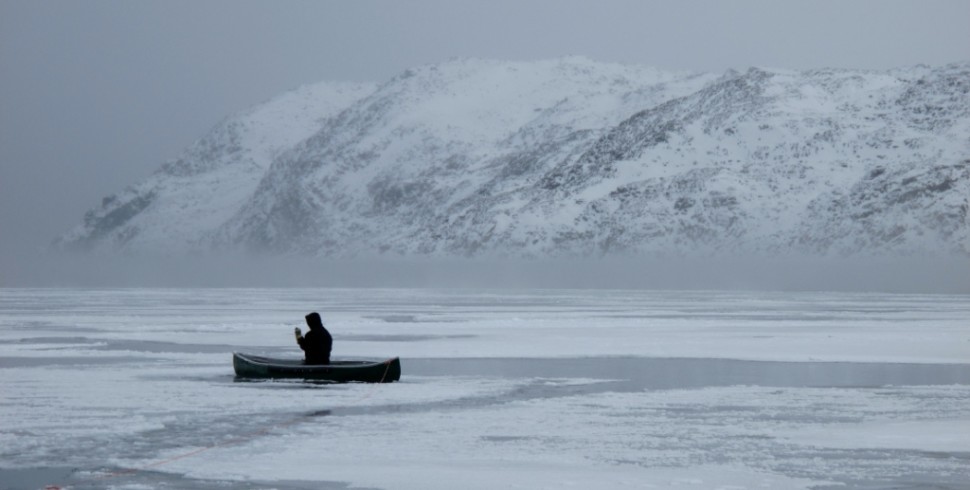
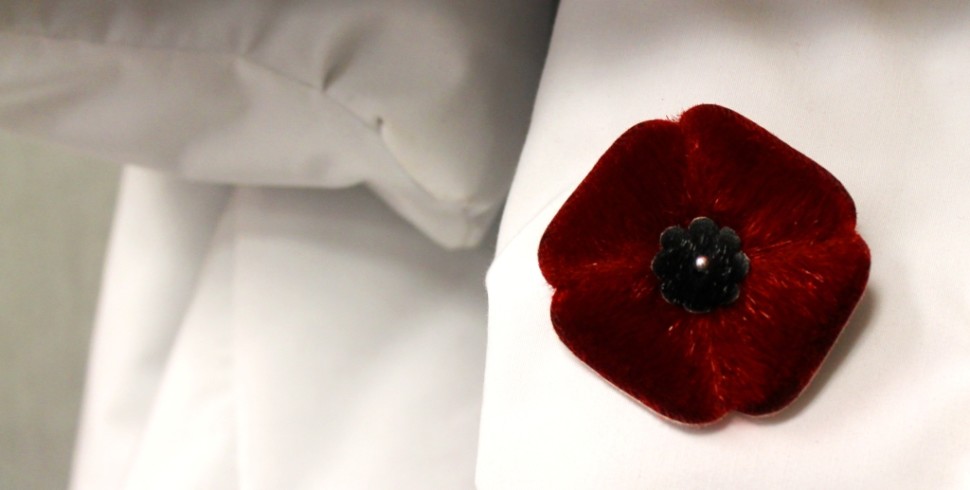
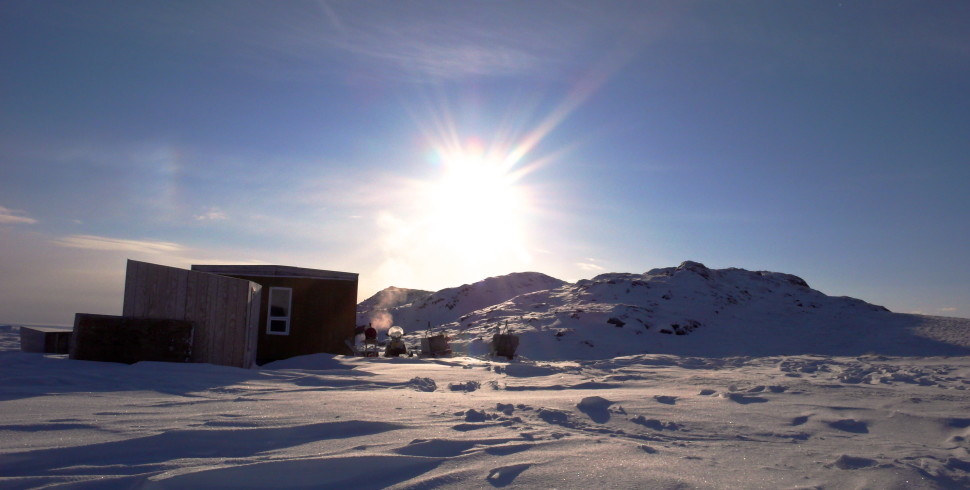
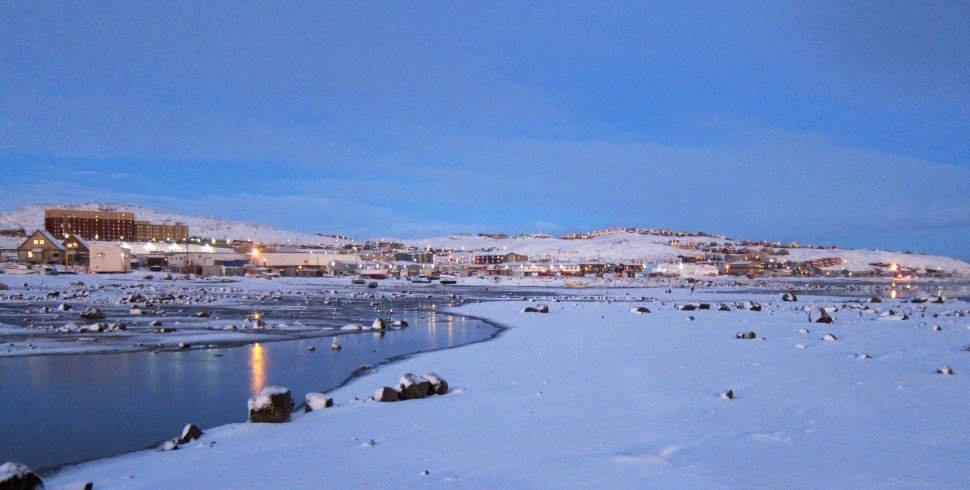
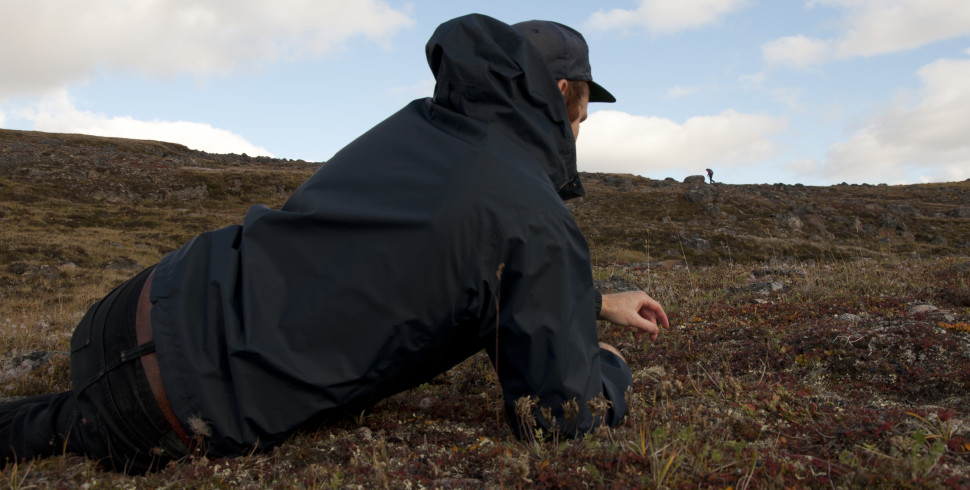
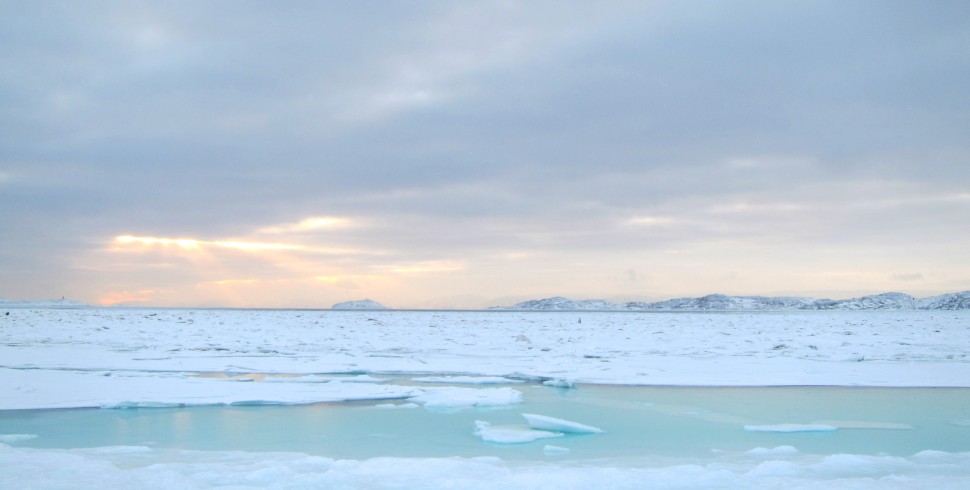
Thanks for sharing Kyra, both your thoughts and impression, – and the whole expedition as such! It was a truly great one, and you were shining! Olle Carlsson
So proud of you. What a great time and wonderful stories and pictures. The work to get there sure paid off many times over!!